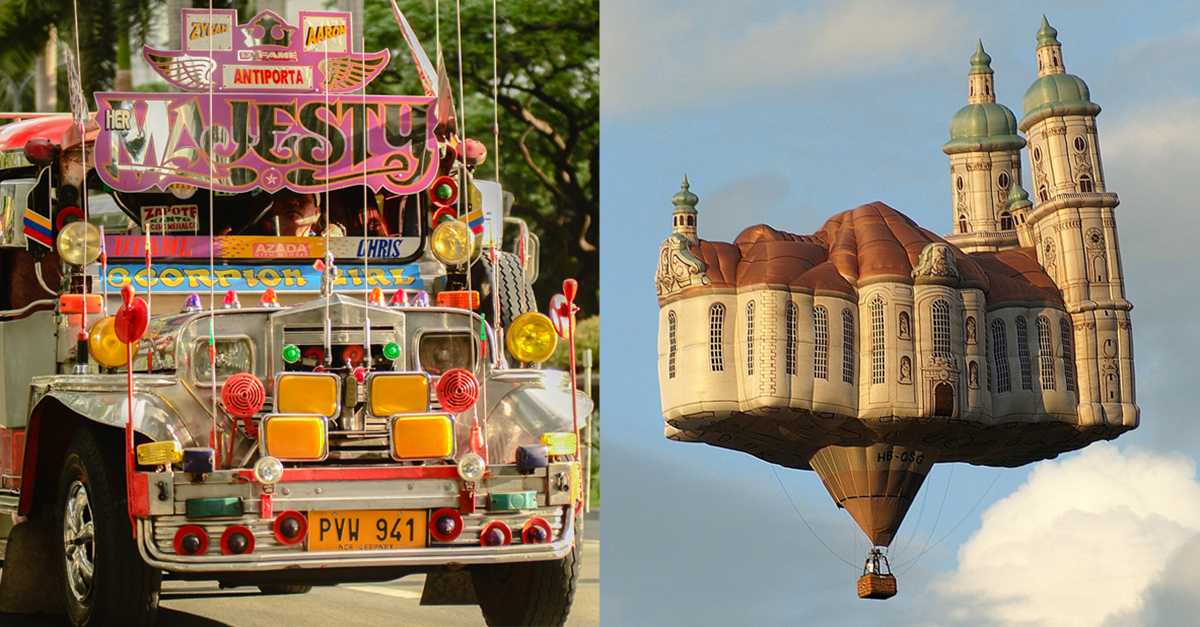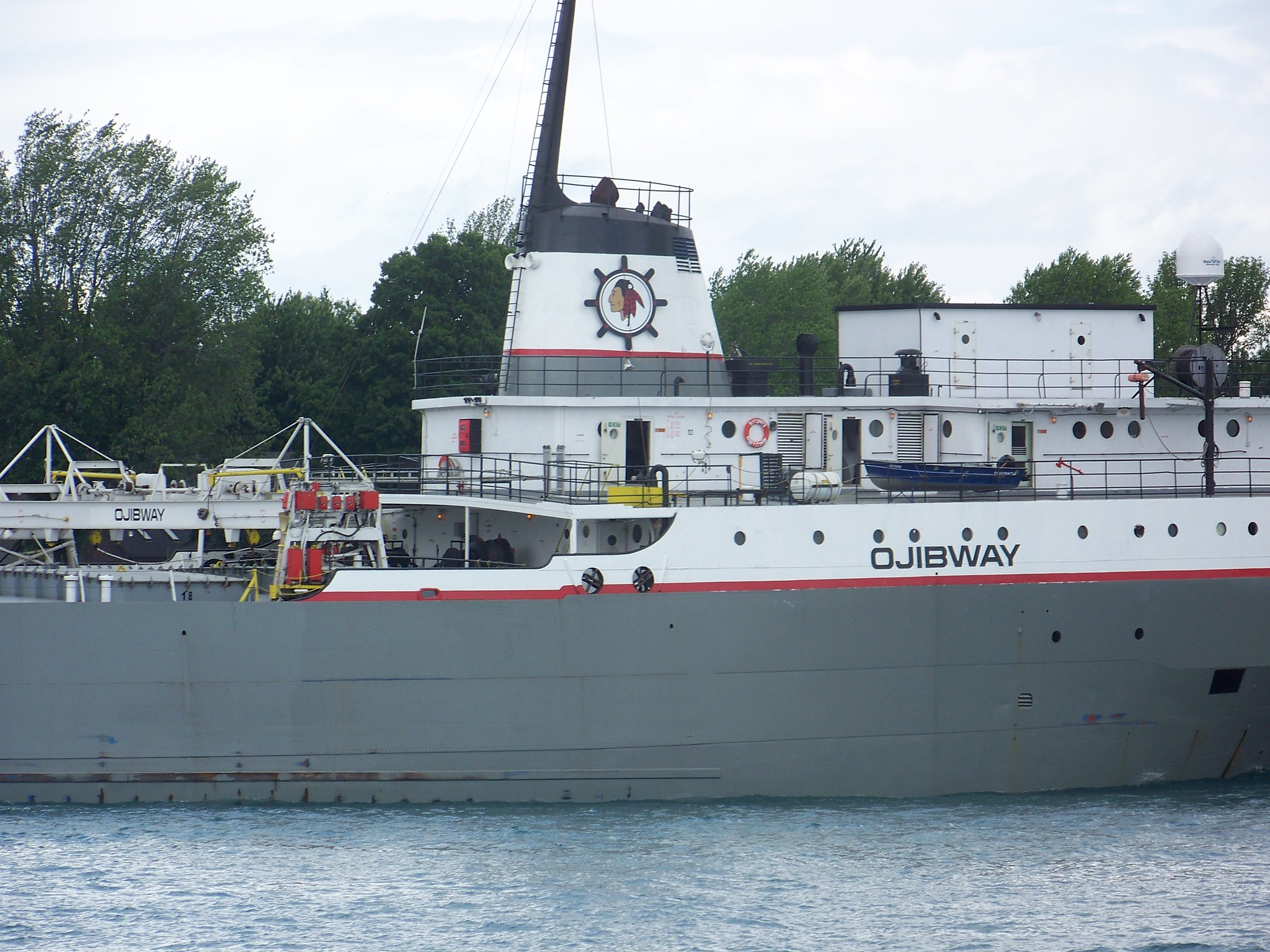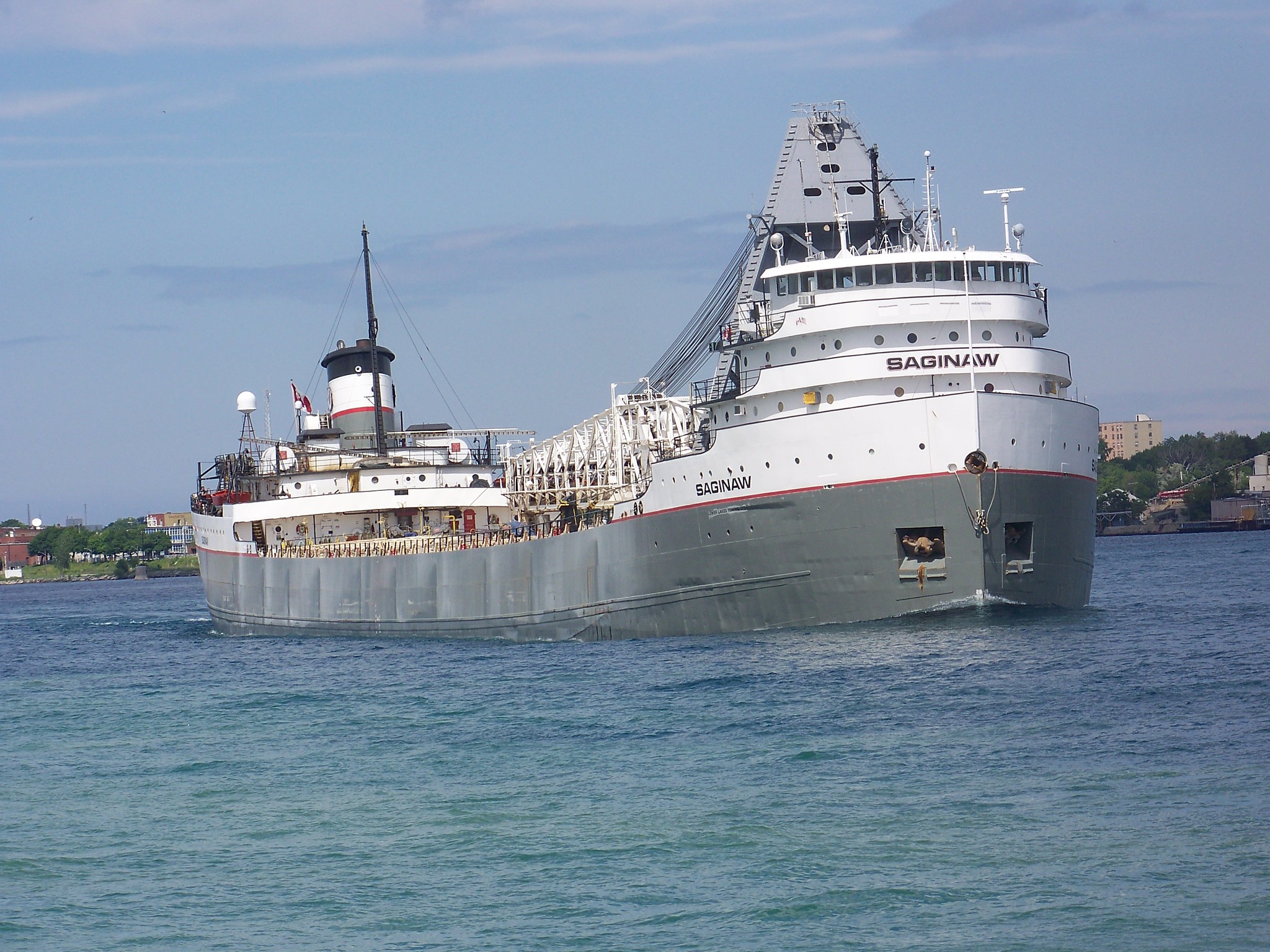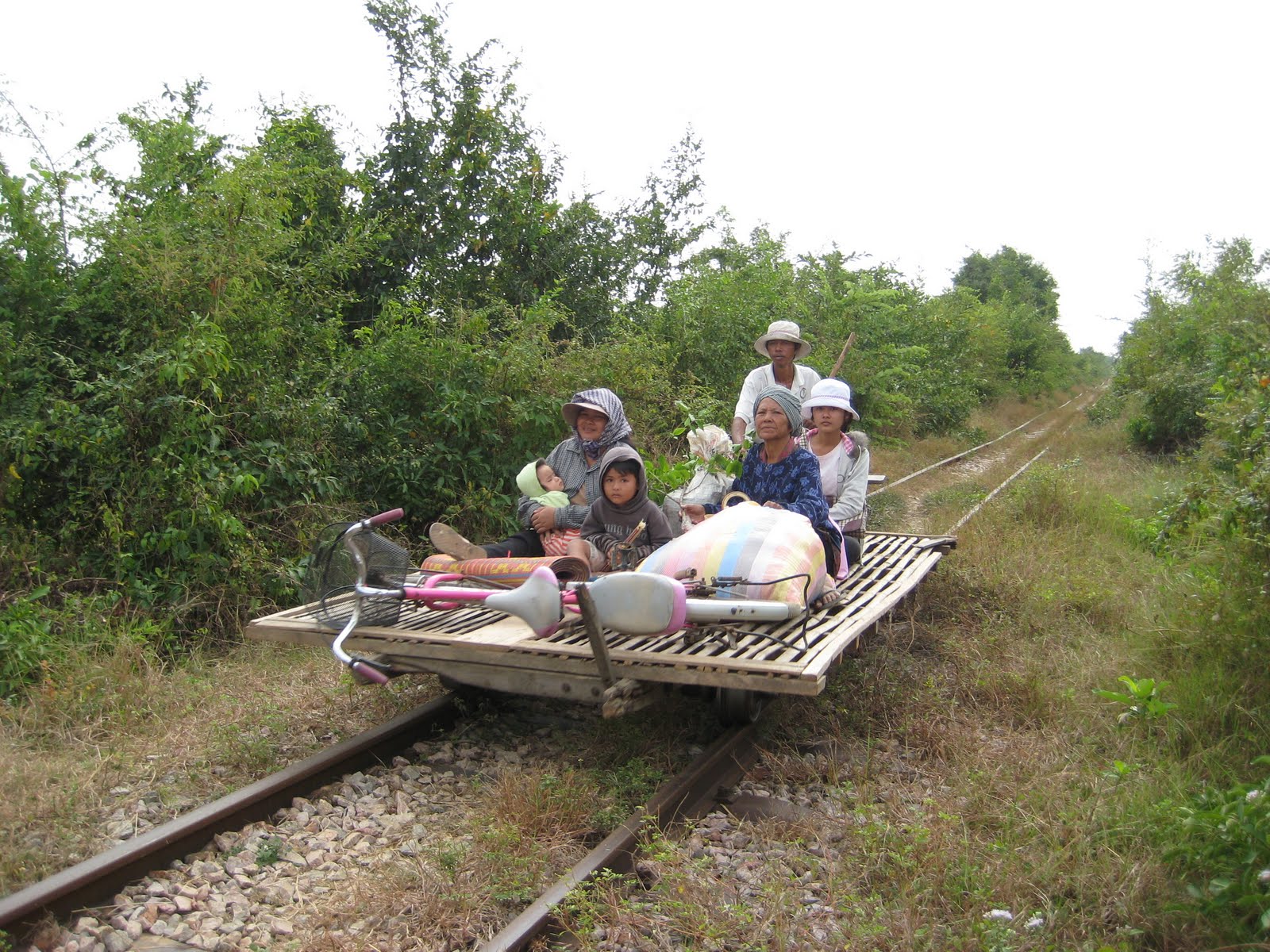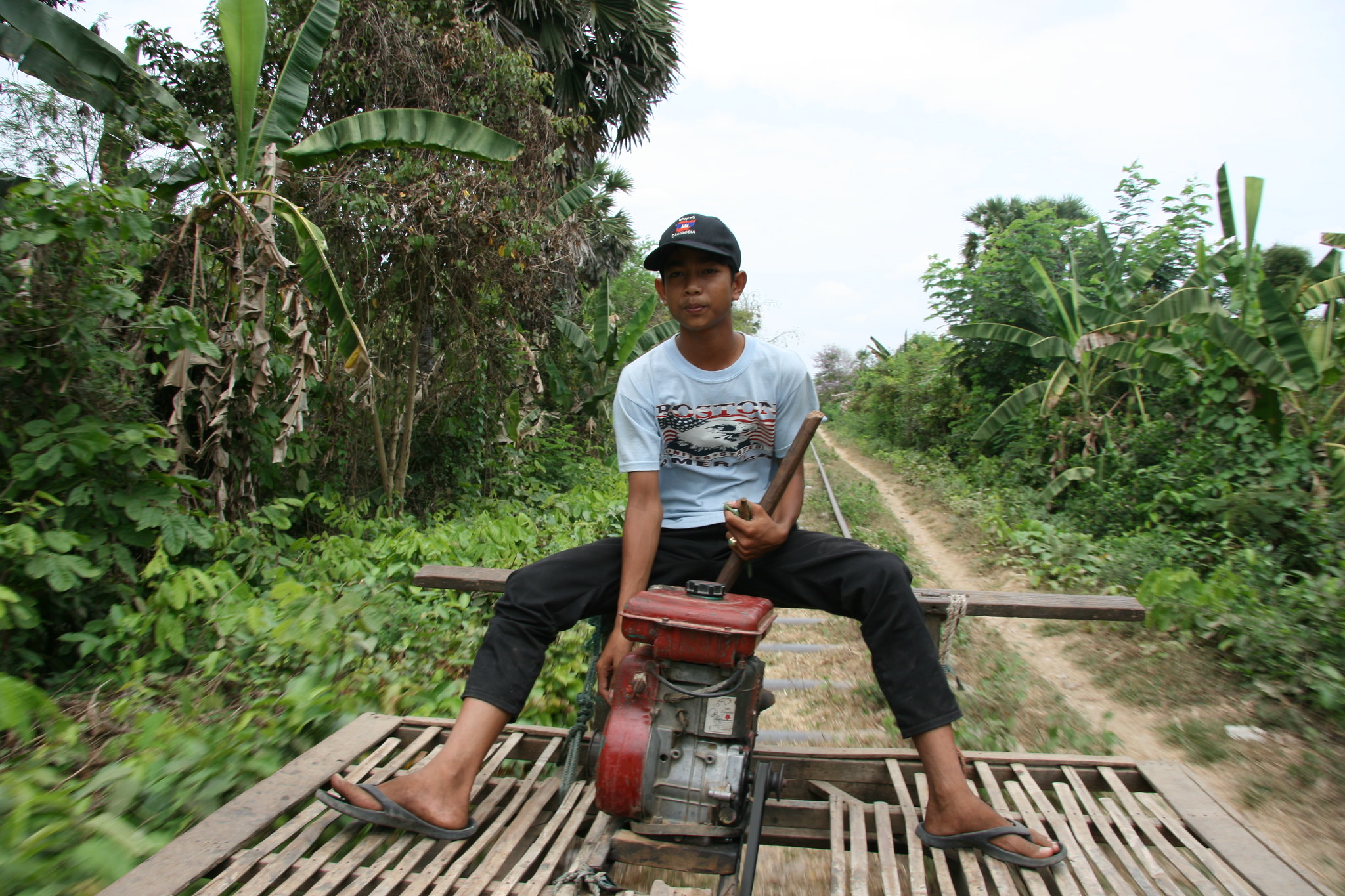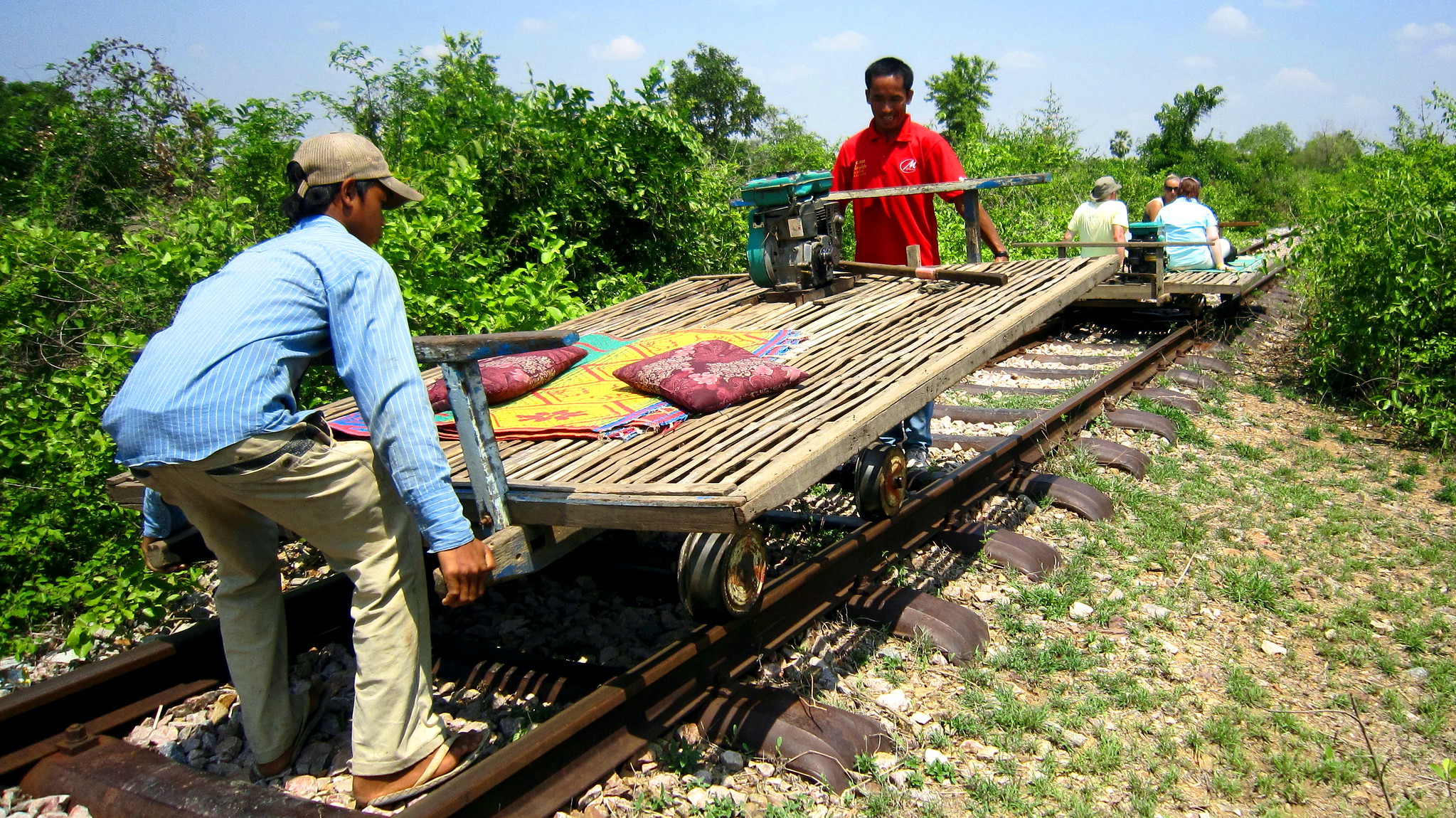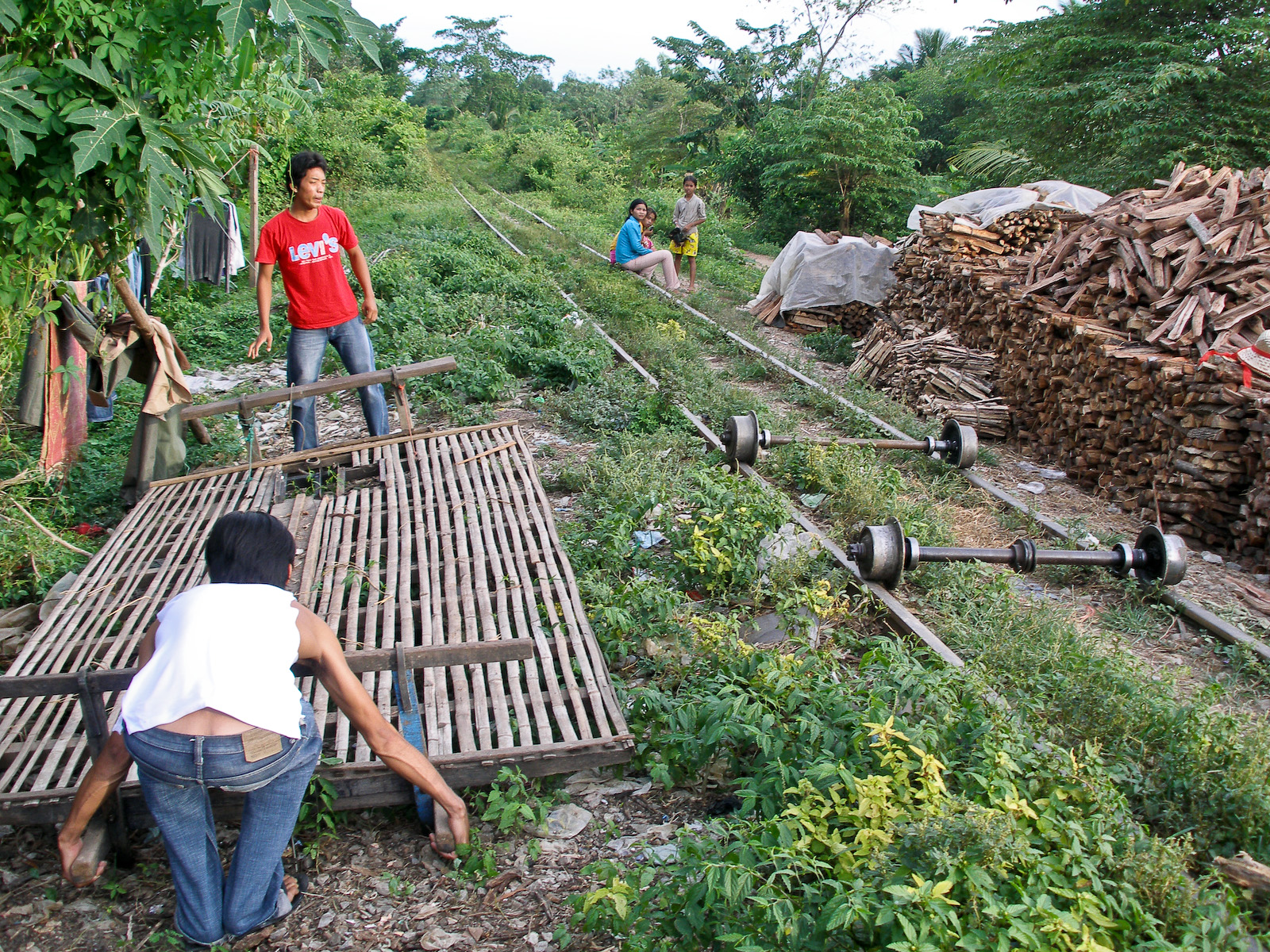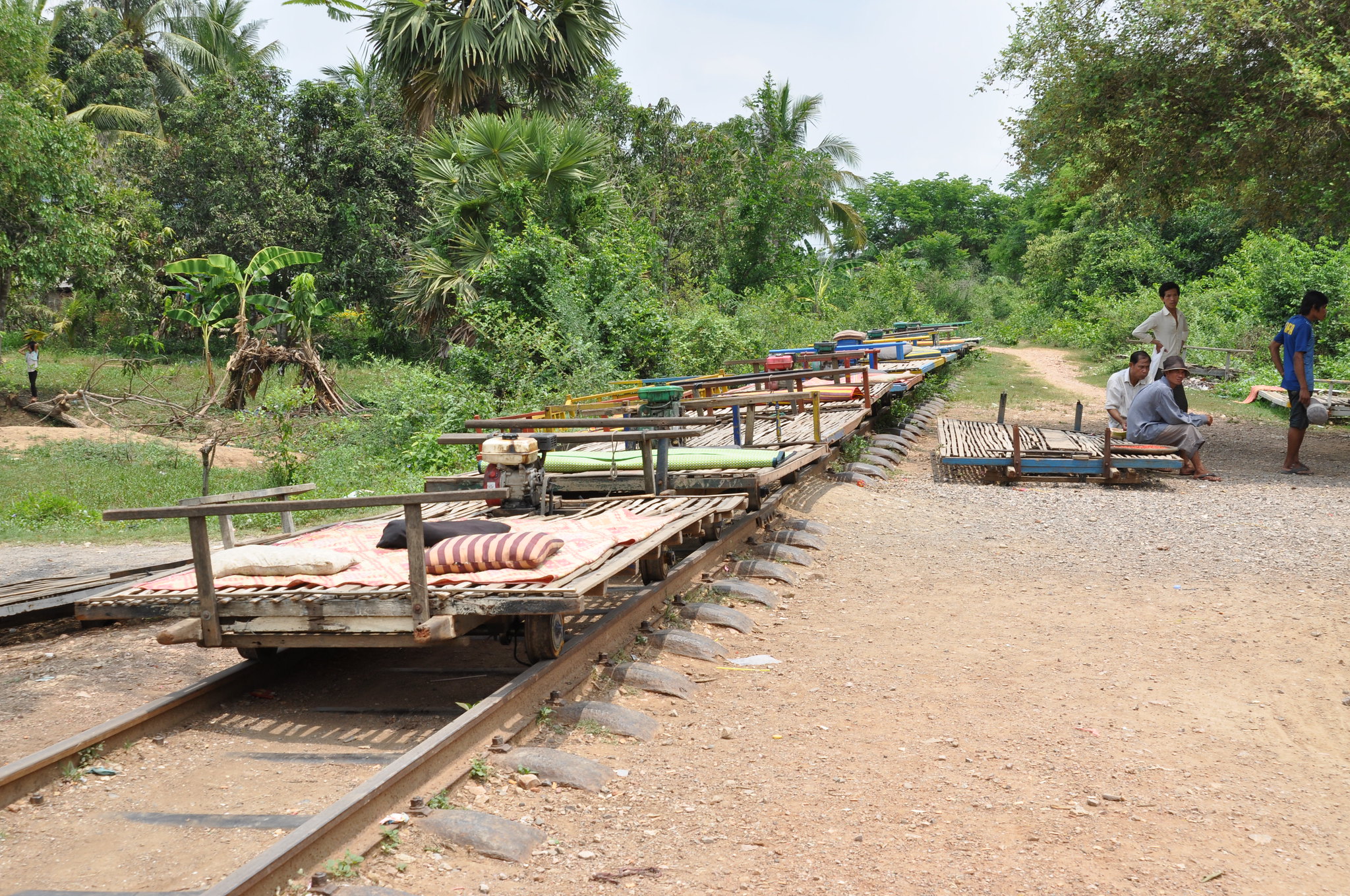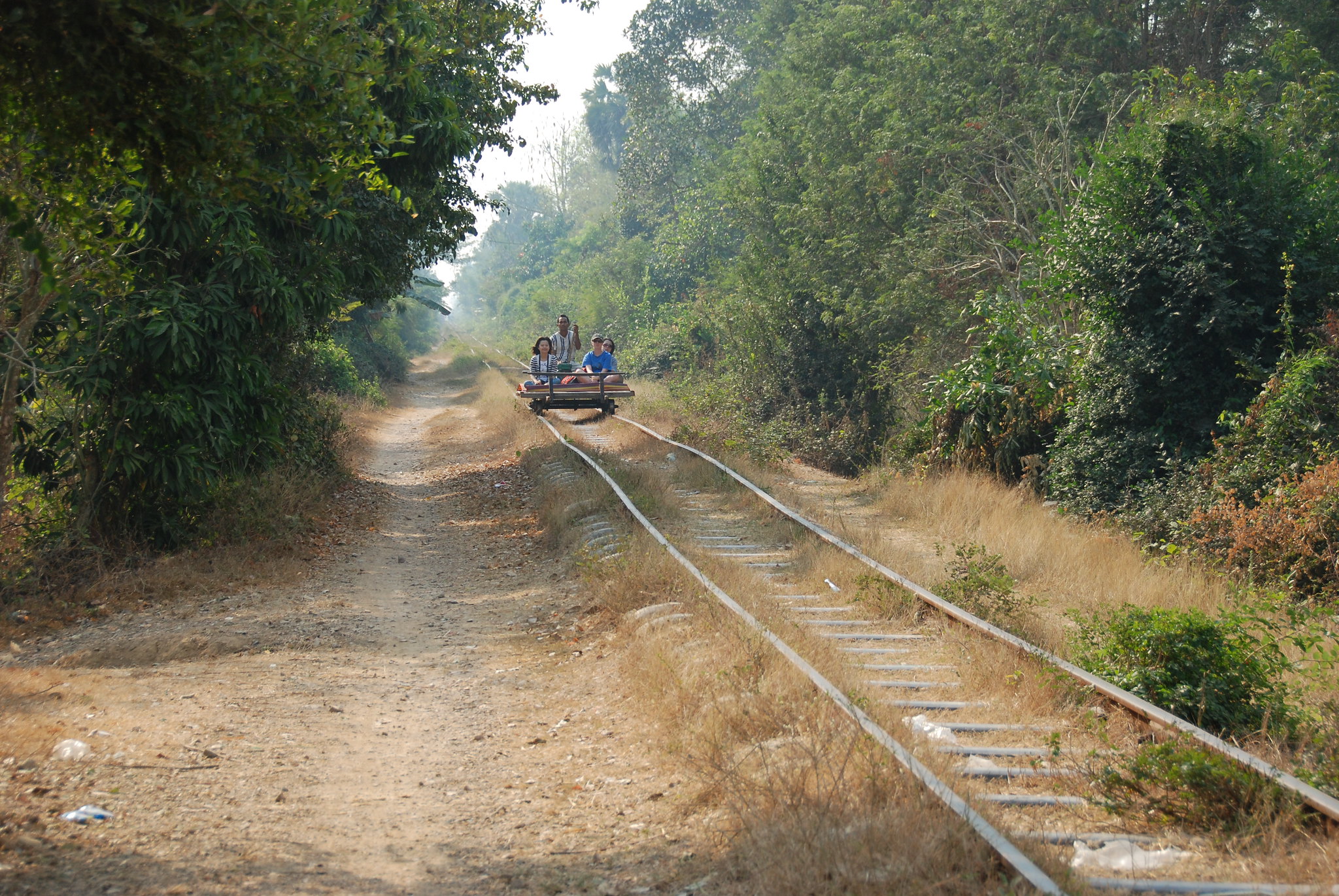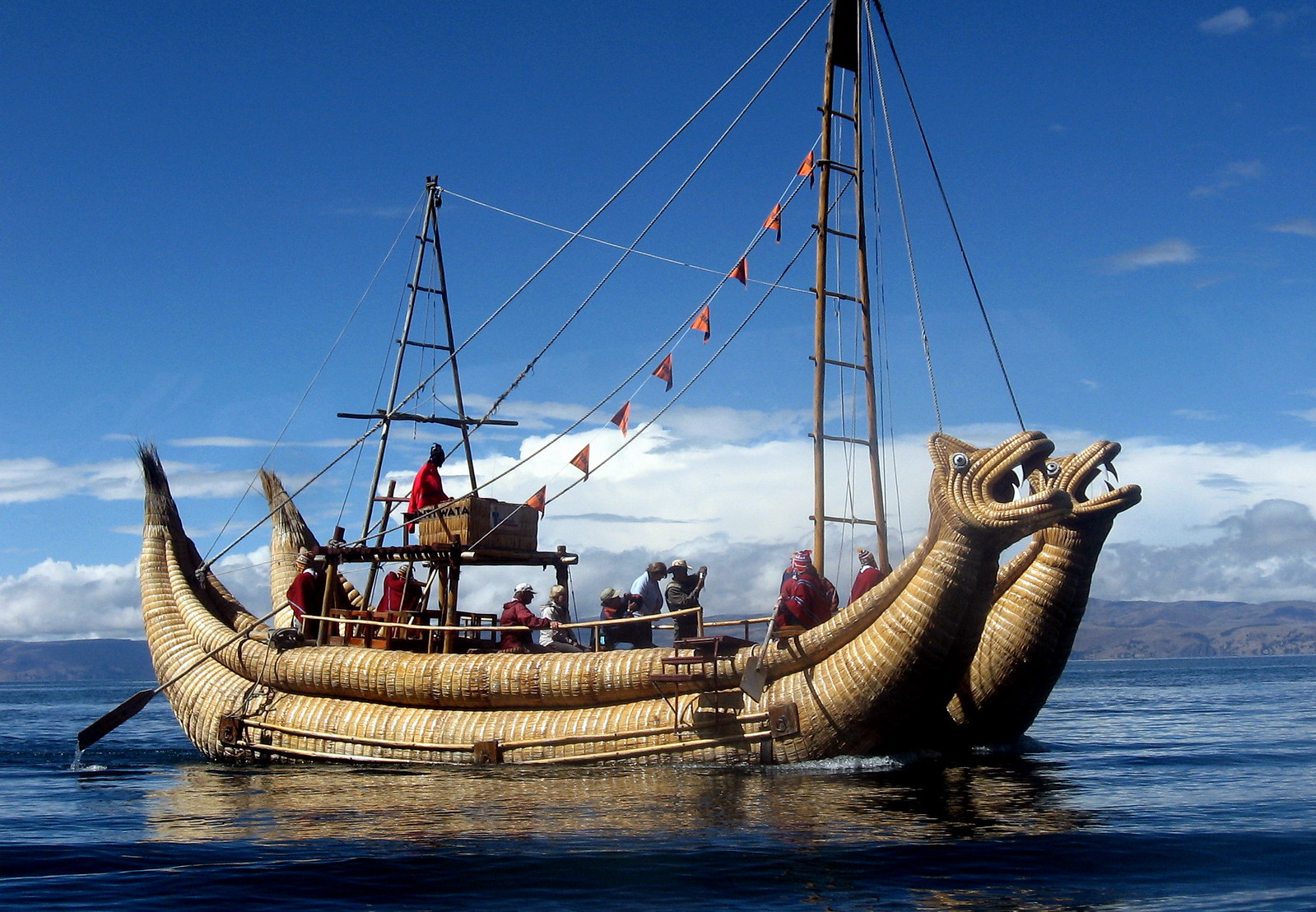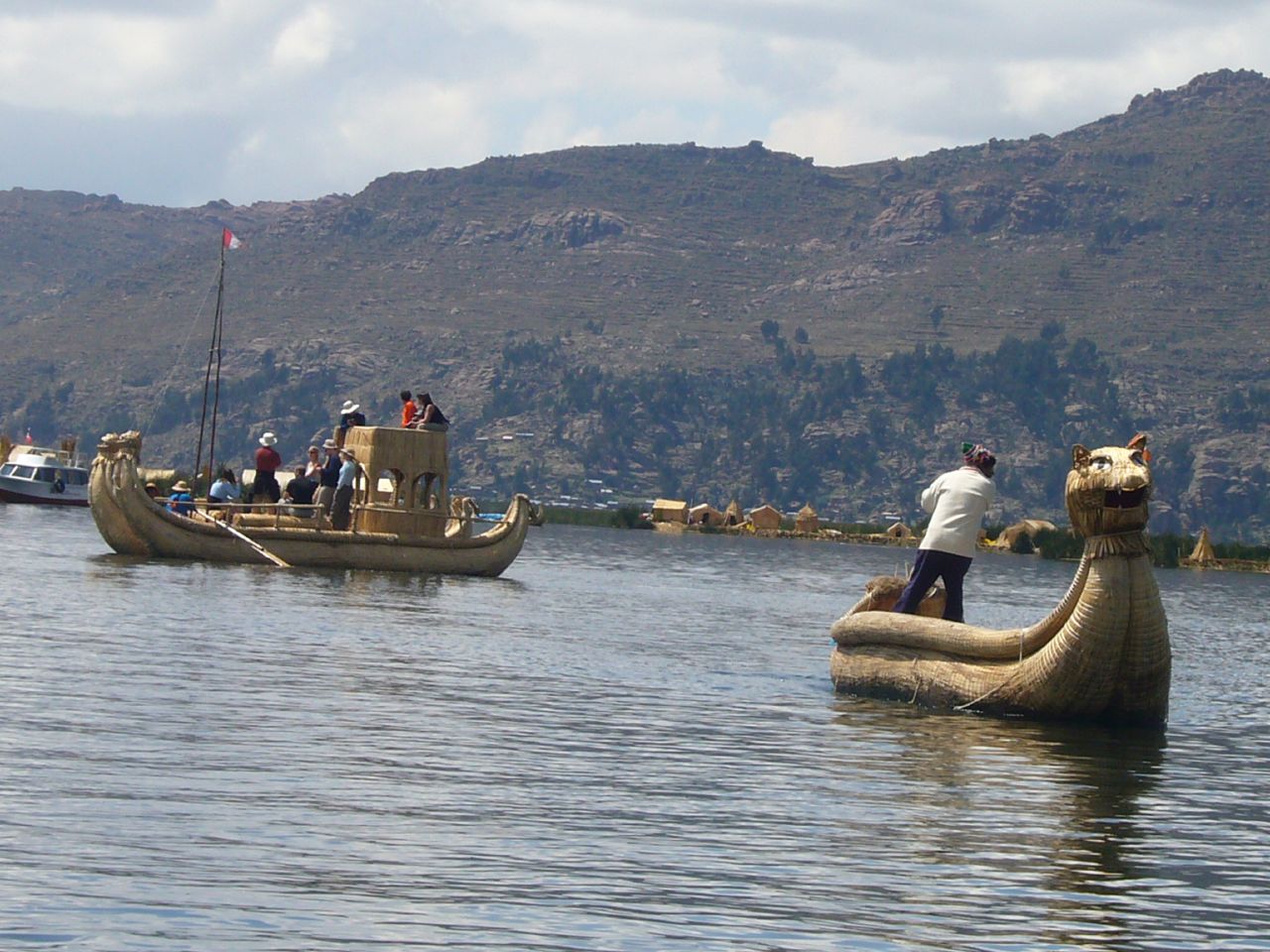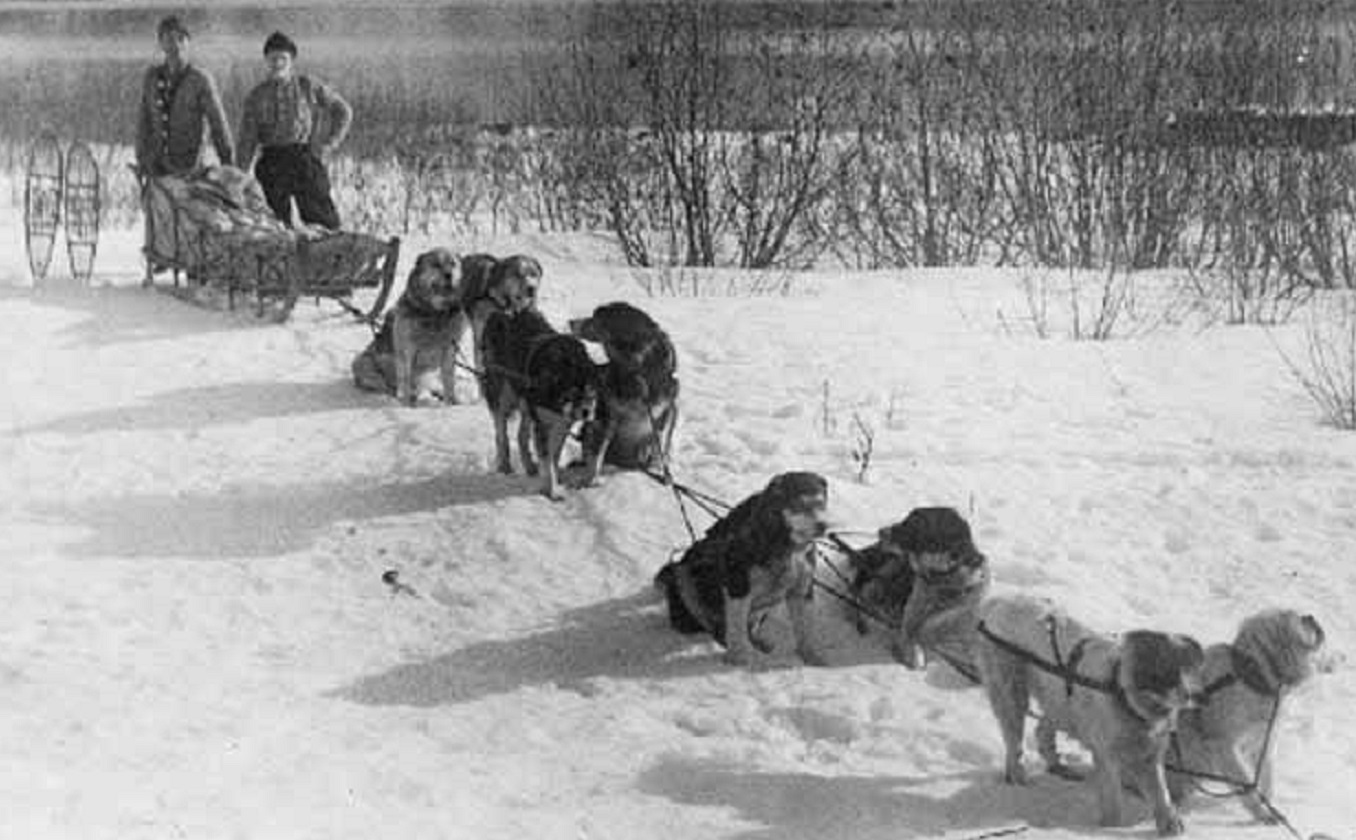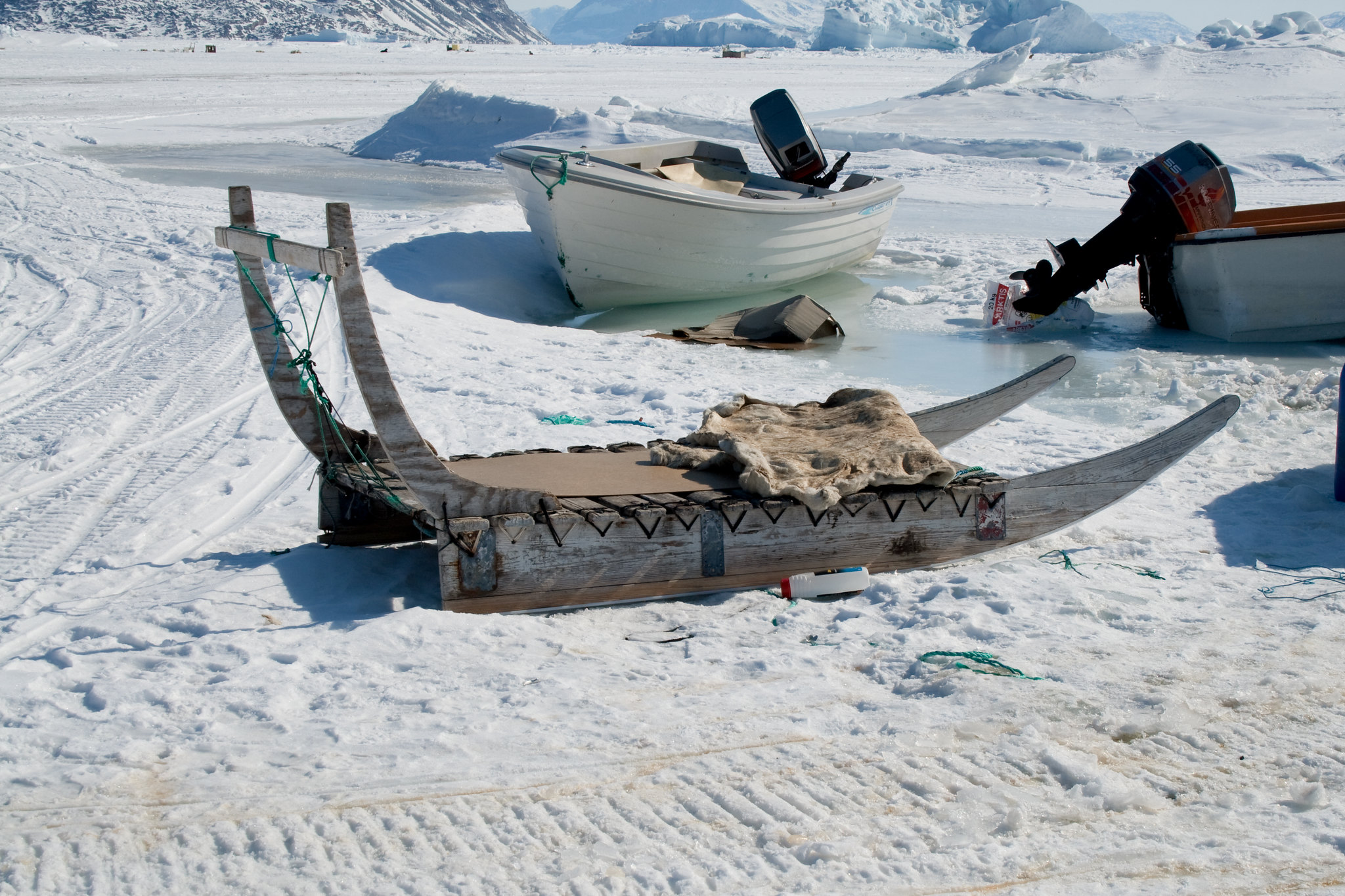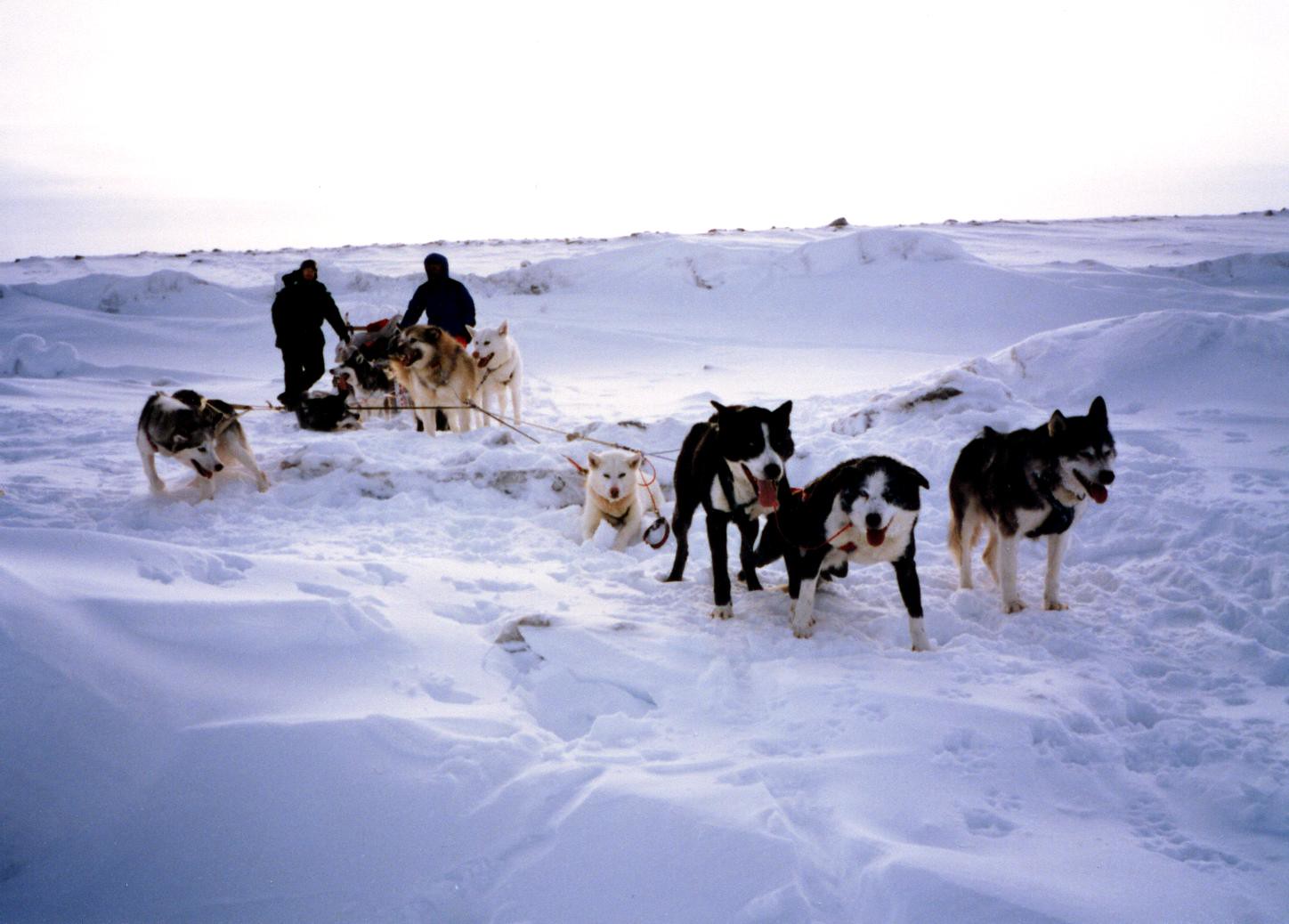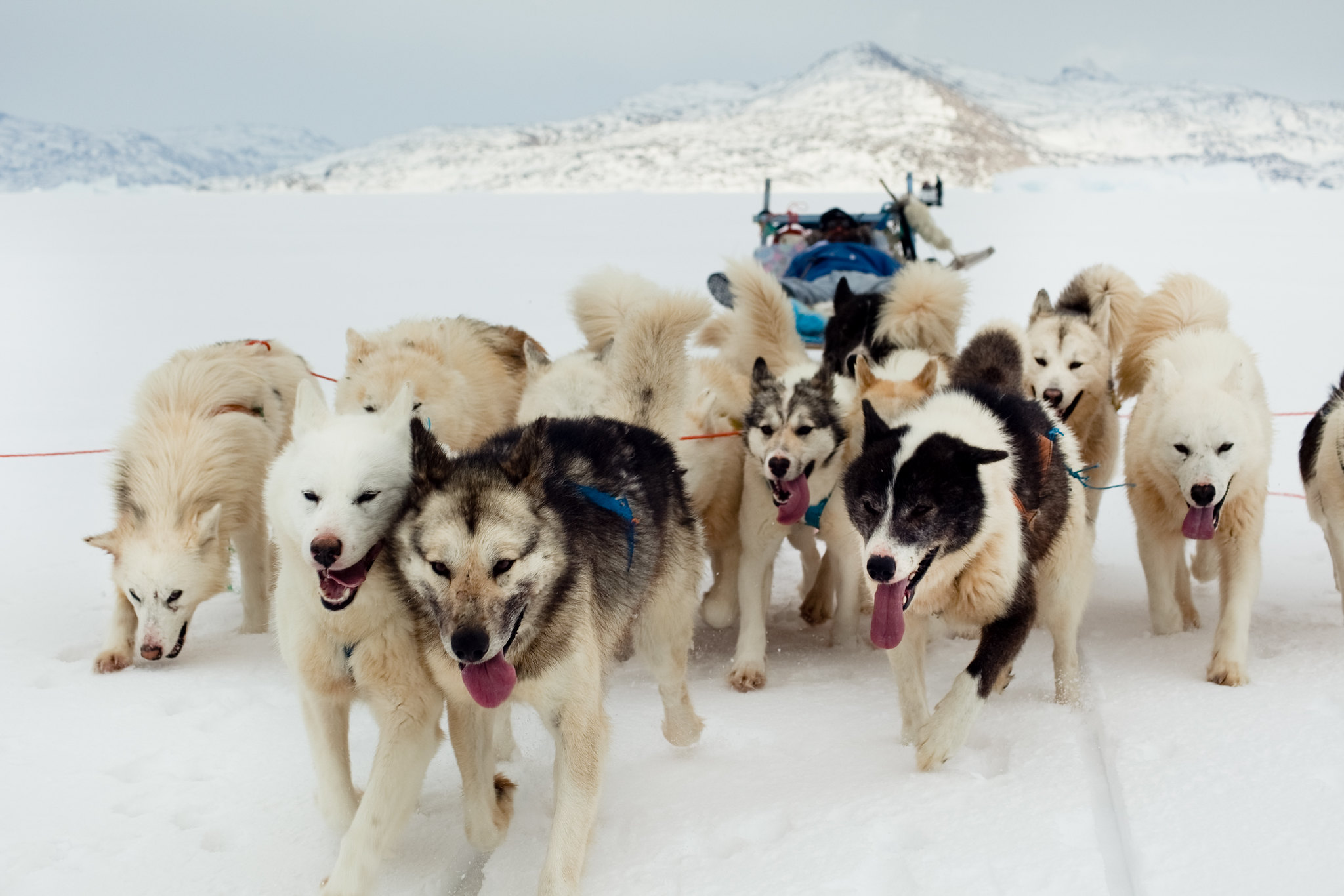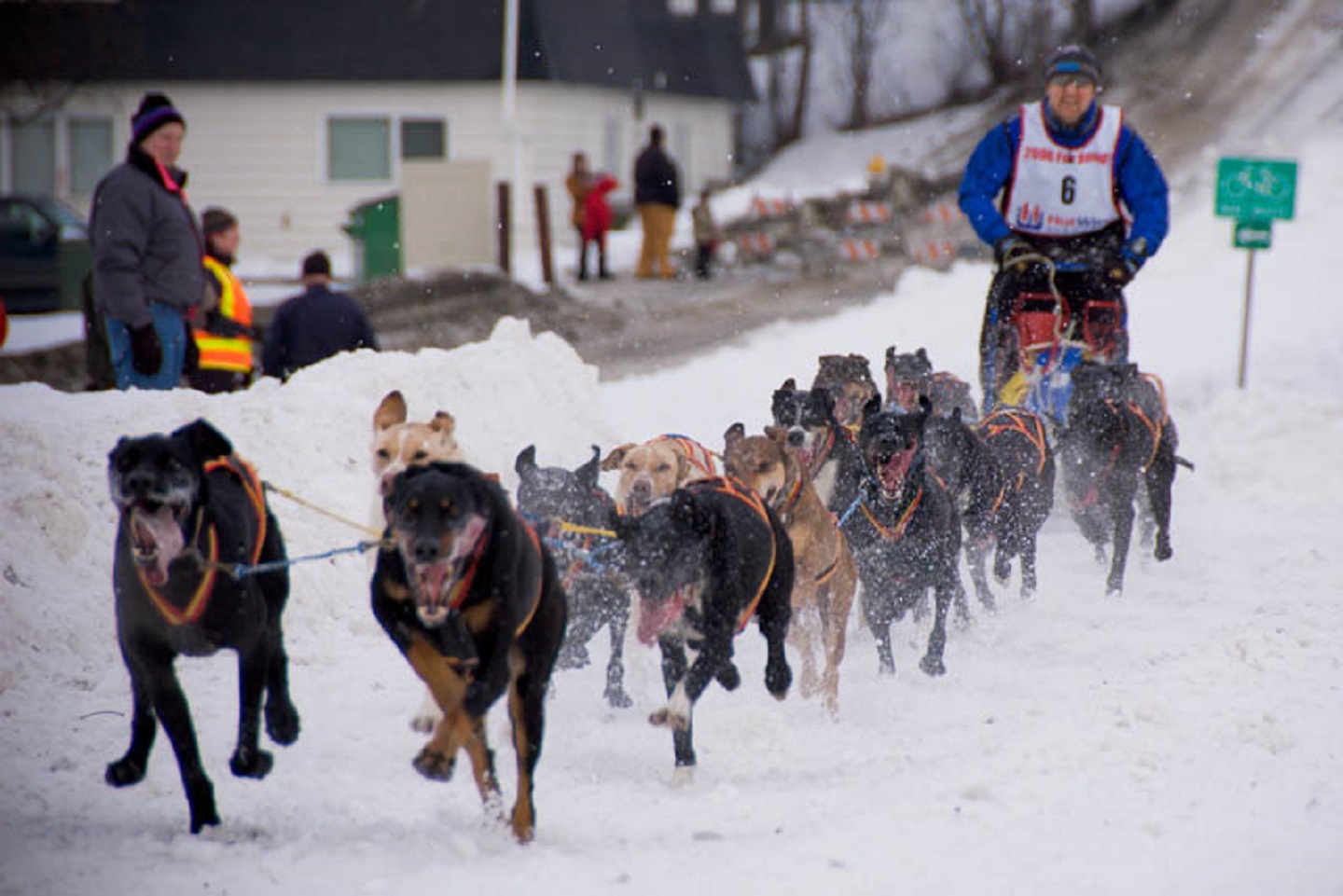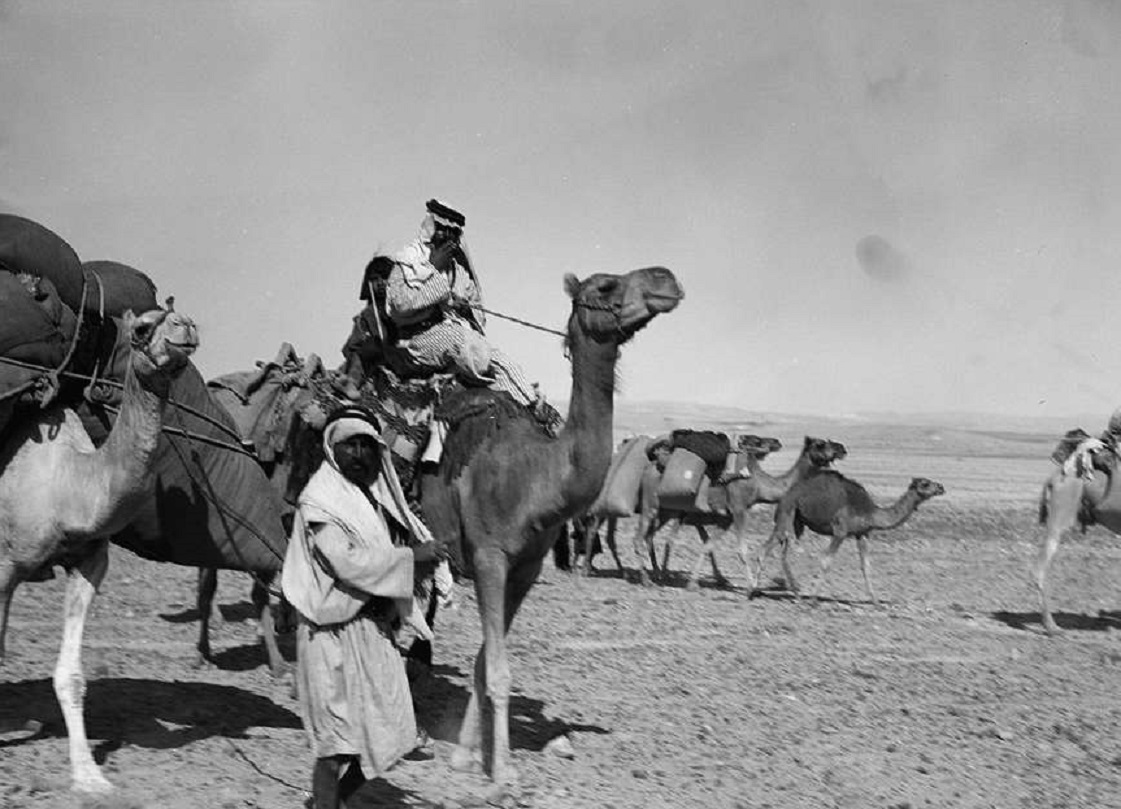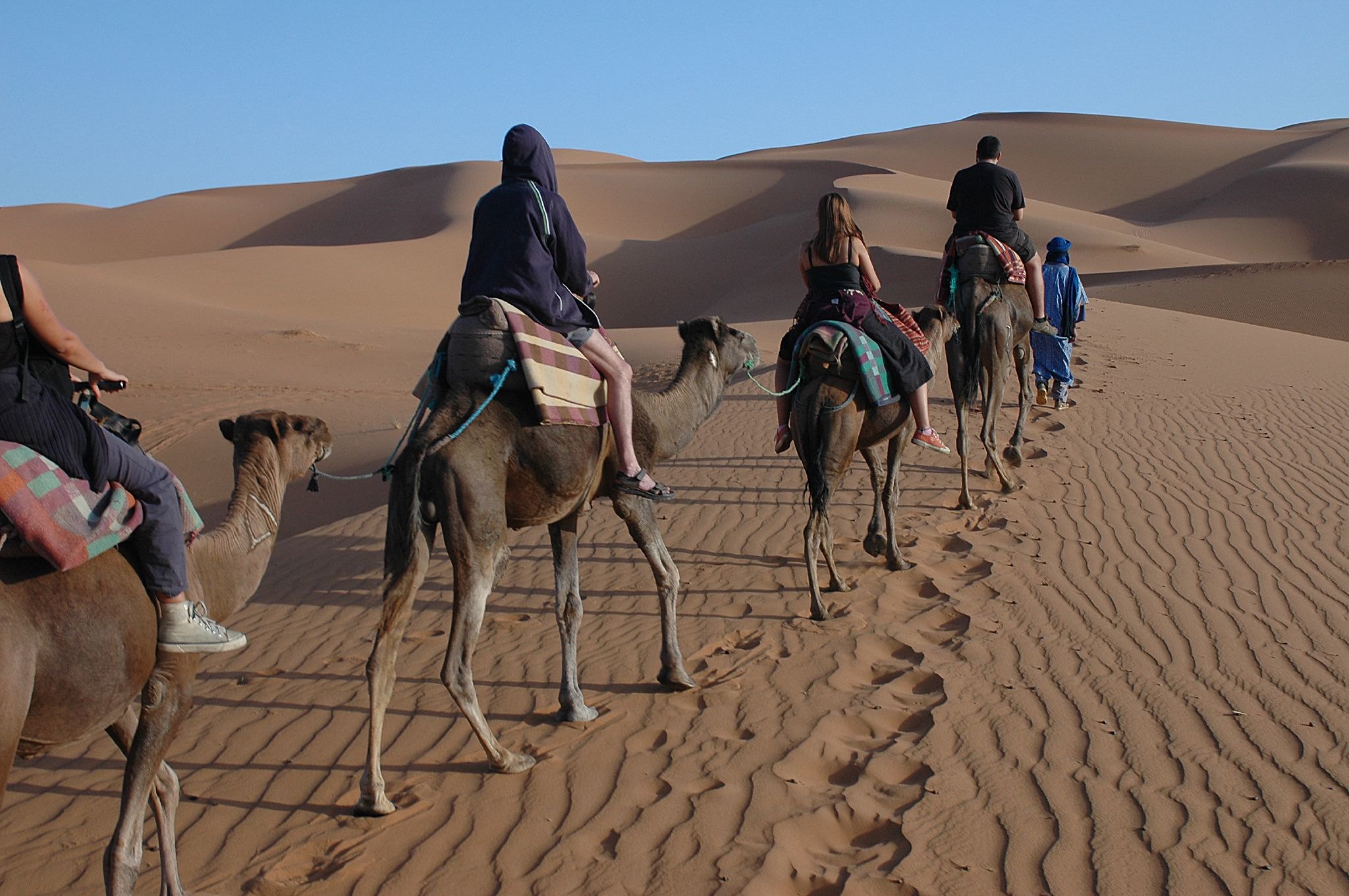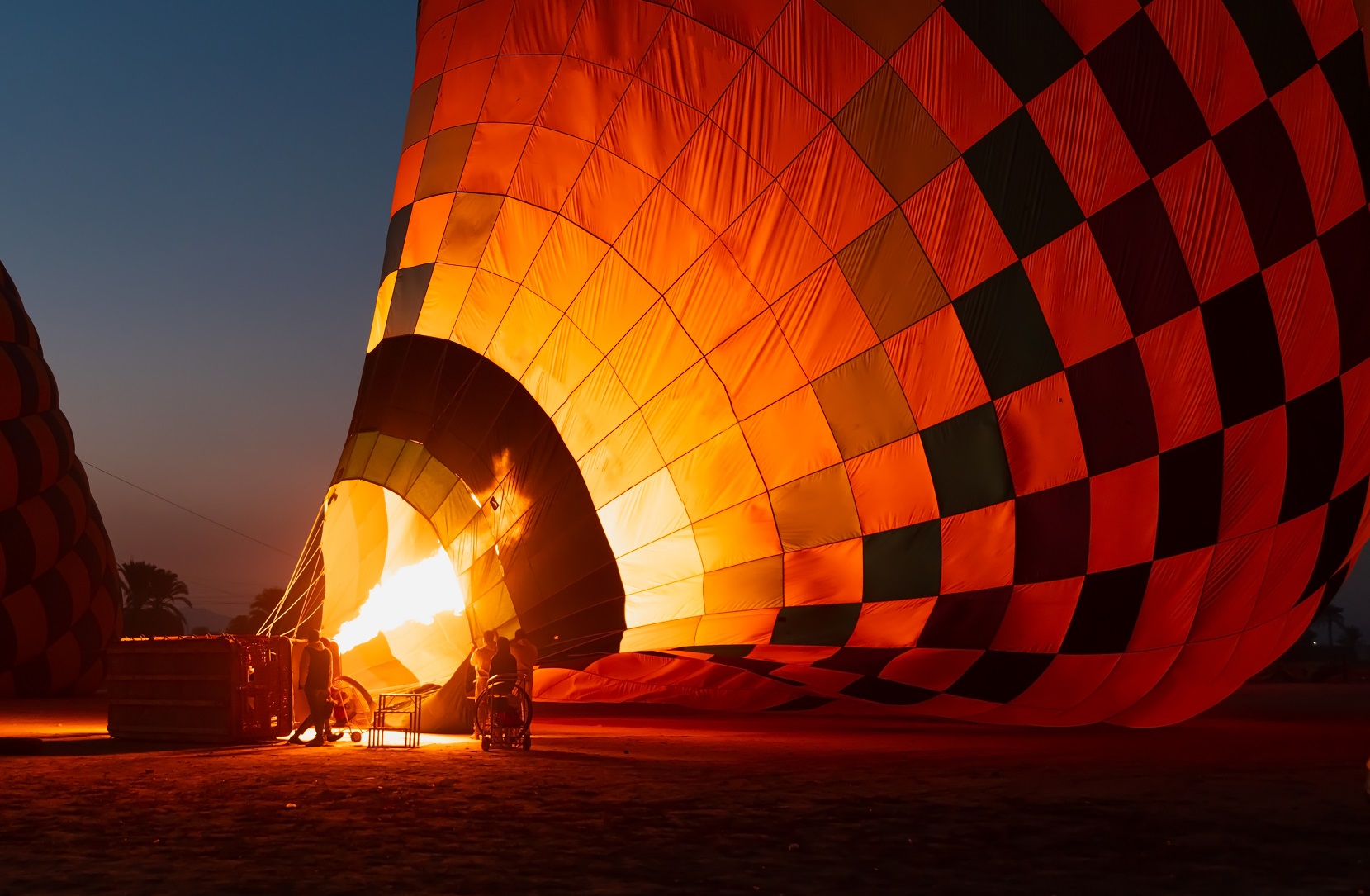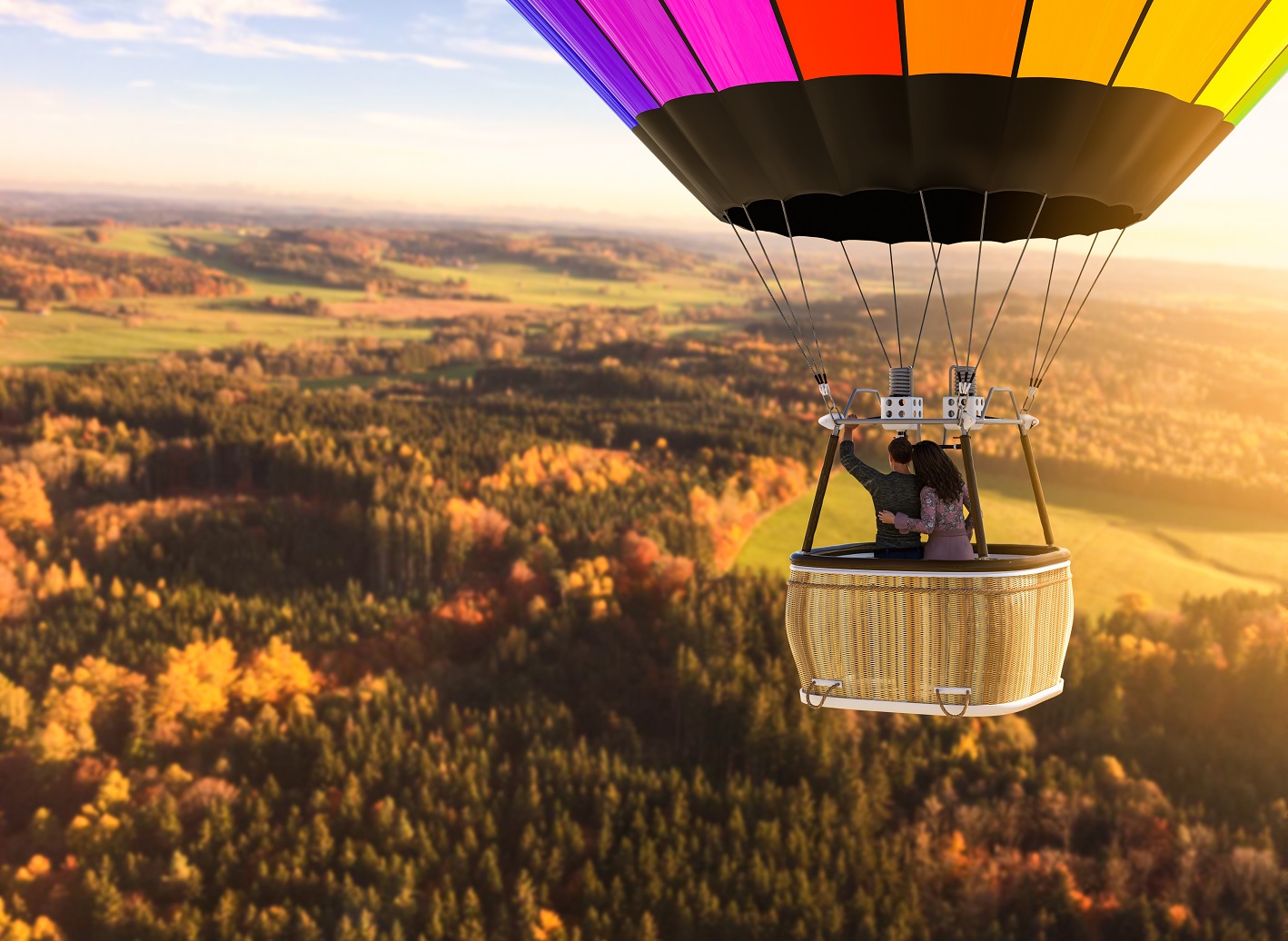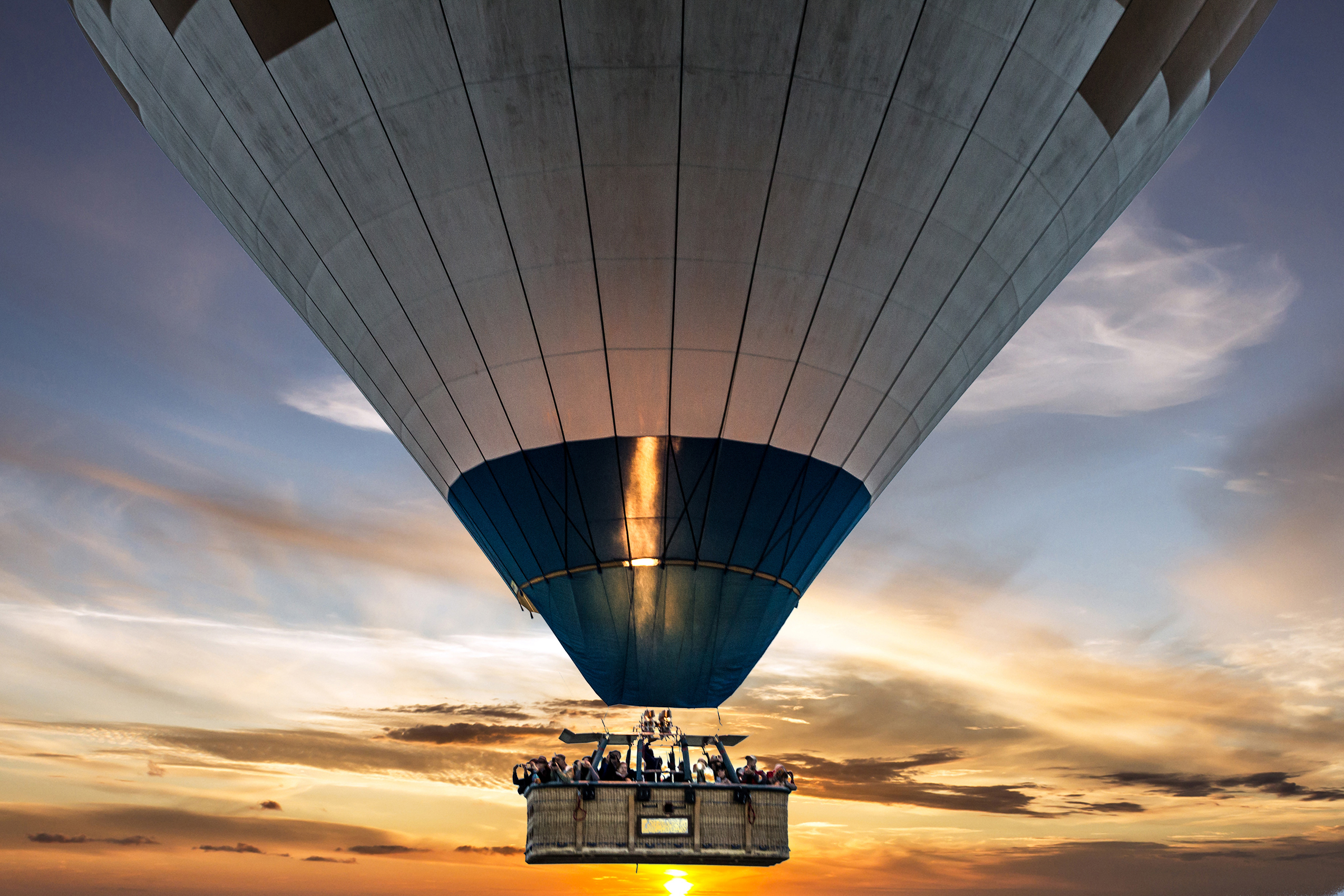Weirdest Ways To Travel
Surely by this point any seasoned traveler is tired of road trips, train travel, and flying. We’ve heard that even first class can get boring! But of course, those aren’t the only options out there.

Hovercraft
Remember watching a PBS documentary or news story on TV as and seeing a hovercraft and thinking wow—this is the way of the future? And then they seemed to completely disappear? Well, they didn’t disappear everywhere…
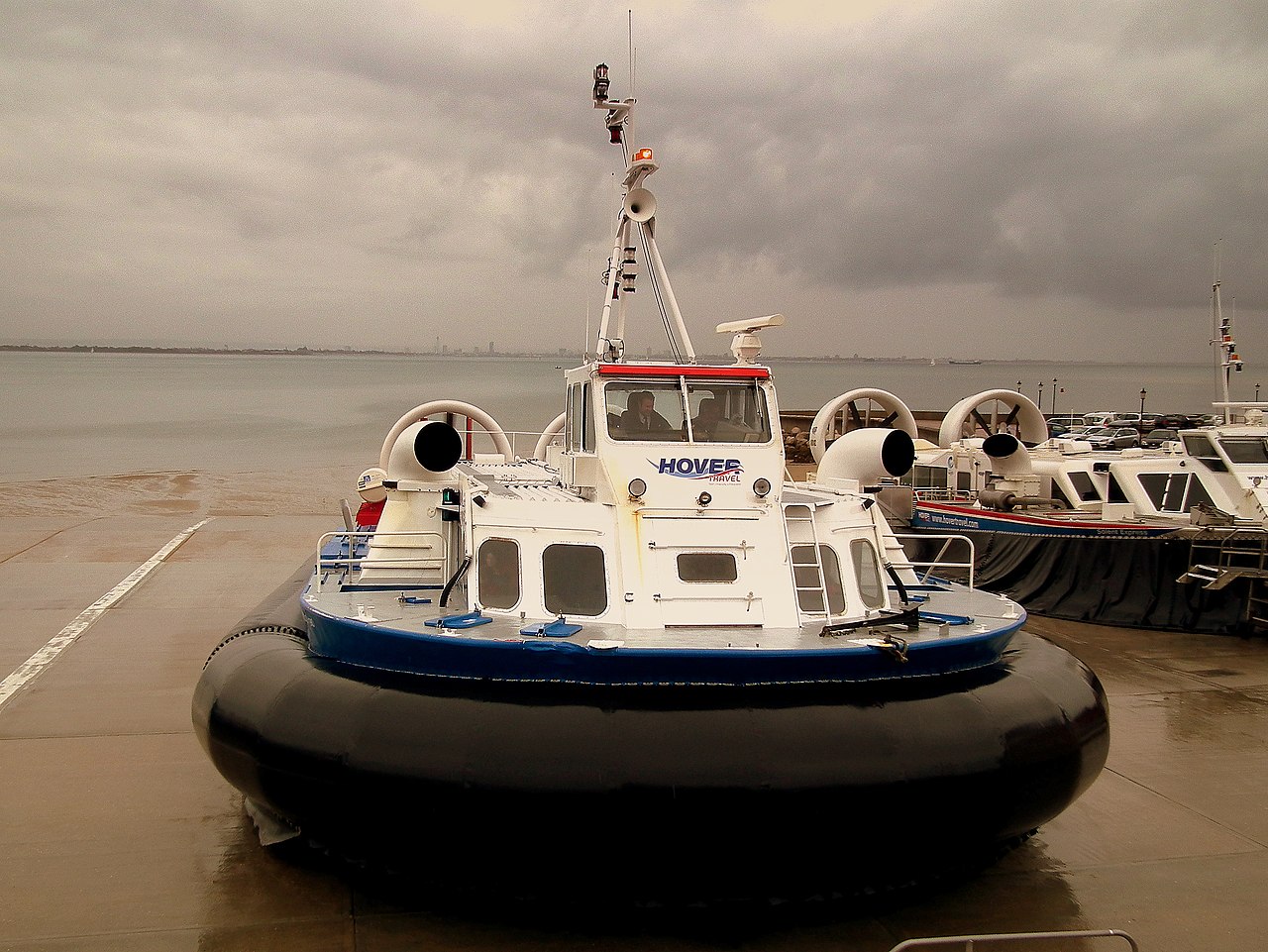 calflier001, CC BY-SA 2.0, Wikimedia Commons
calflier001, CC BY-SA 2.0, Wikimedia Commons
Alaskan Hovercraft
It turns out that hovercraft still serve an important function in extreme climates. In particular, they’re used in Alaska, since they can float above ice, snow, and water—where more traditional vehicles might have trouble. And Alaska’s not the only place…
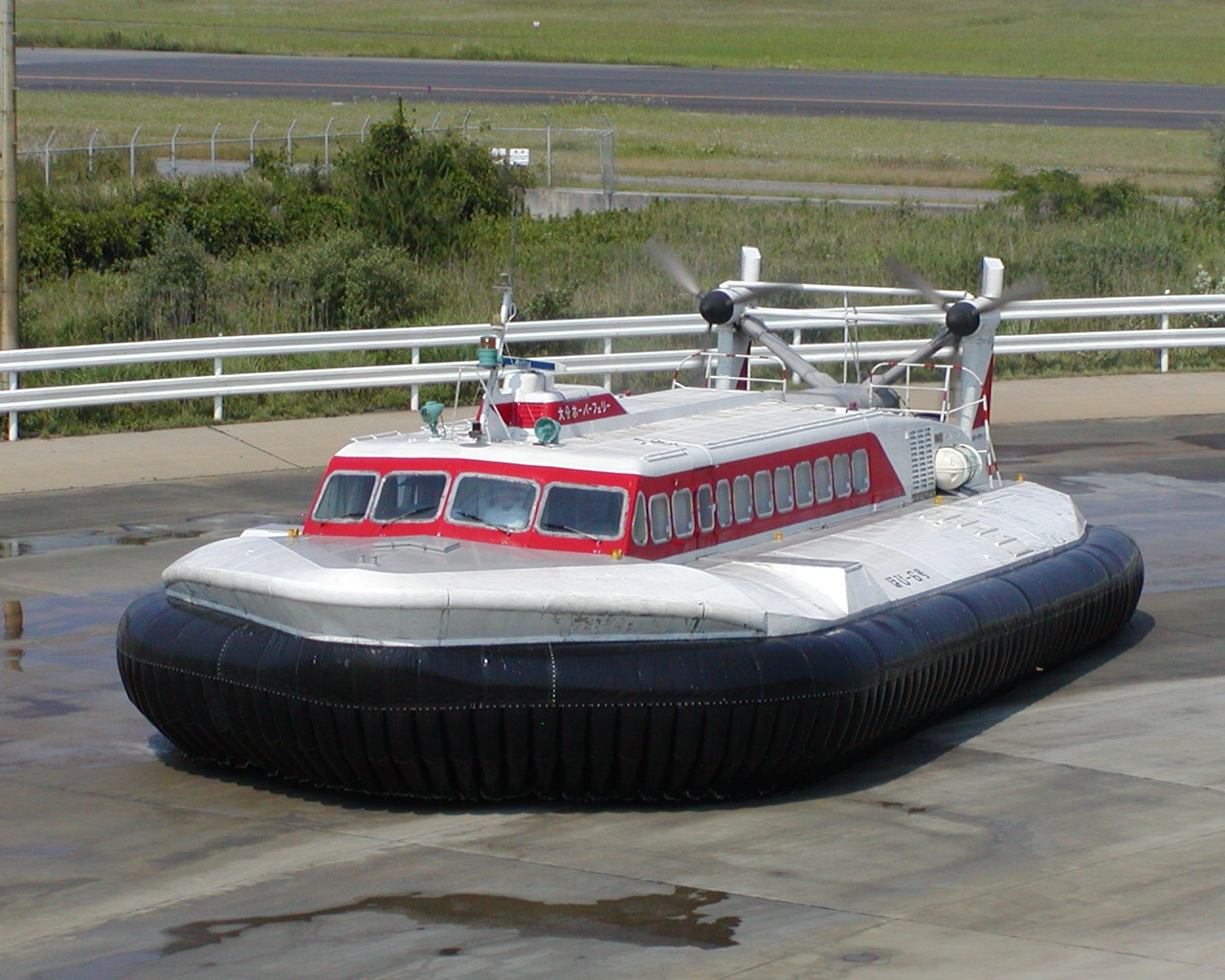 Unknown Author, Wikimedia Commons
Unknown Author, Wikimedia Commons
The Ferry Hovercraft
Though people wrote them off due to the noise they make, hovercraft are making a comeback as a potential vehicle for mass transportation. One began running as a ferry in 2010 along the Heilongjiang River on the Chinese and Russian border. There’s also one even closer to home.
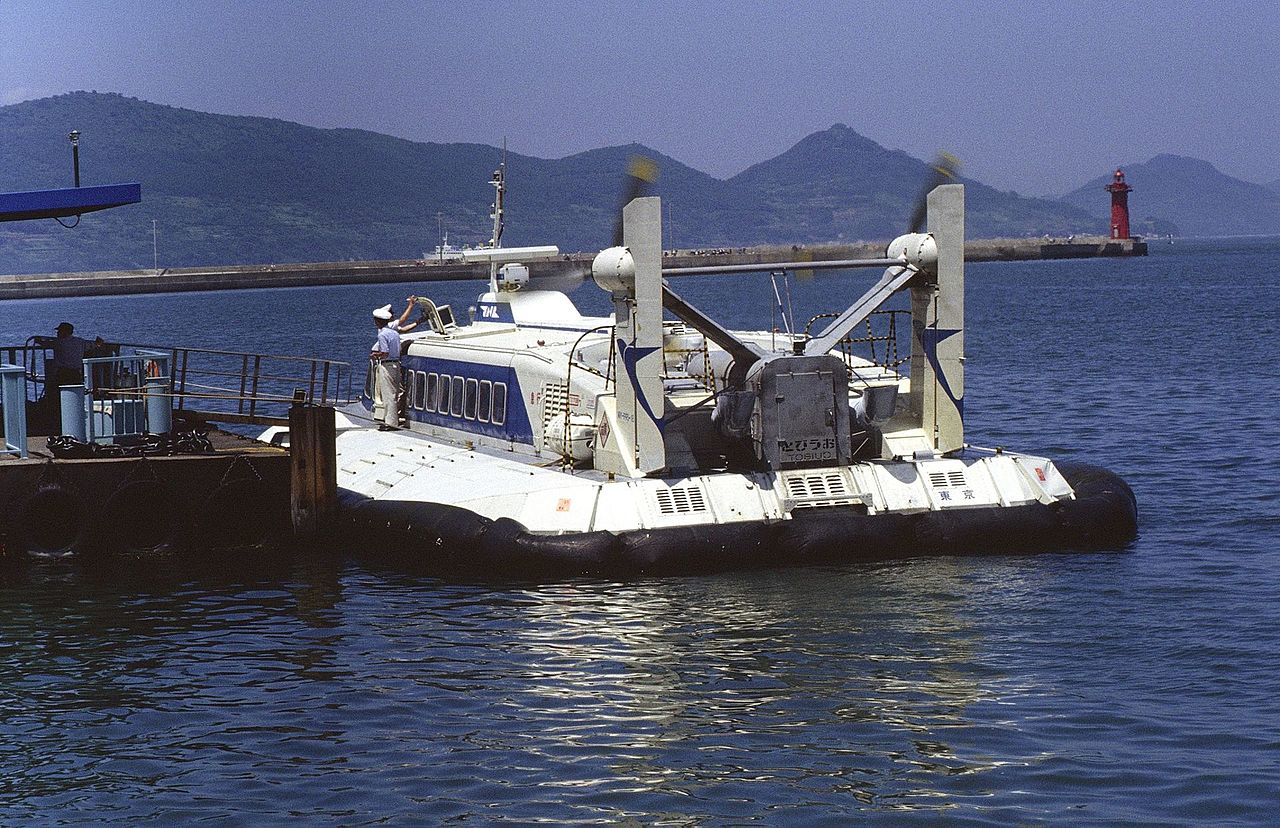 L.Willms, CC BY 4.0, Wikimedia Commons
L.Willms, CC BY 4.0, Wikimedia Commons
Hovertravel
A company called Hovertravel in the UK runs a hovercraft ferry from Southsea, Portsmouth to the Isle of Wight and calls it the fastest ferry service to the island—it takes just ten minutes. The best part? The iconic Union Jack emblazoned across the front.
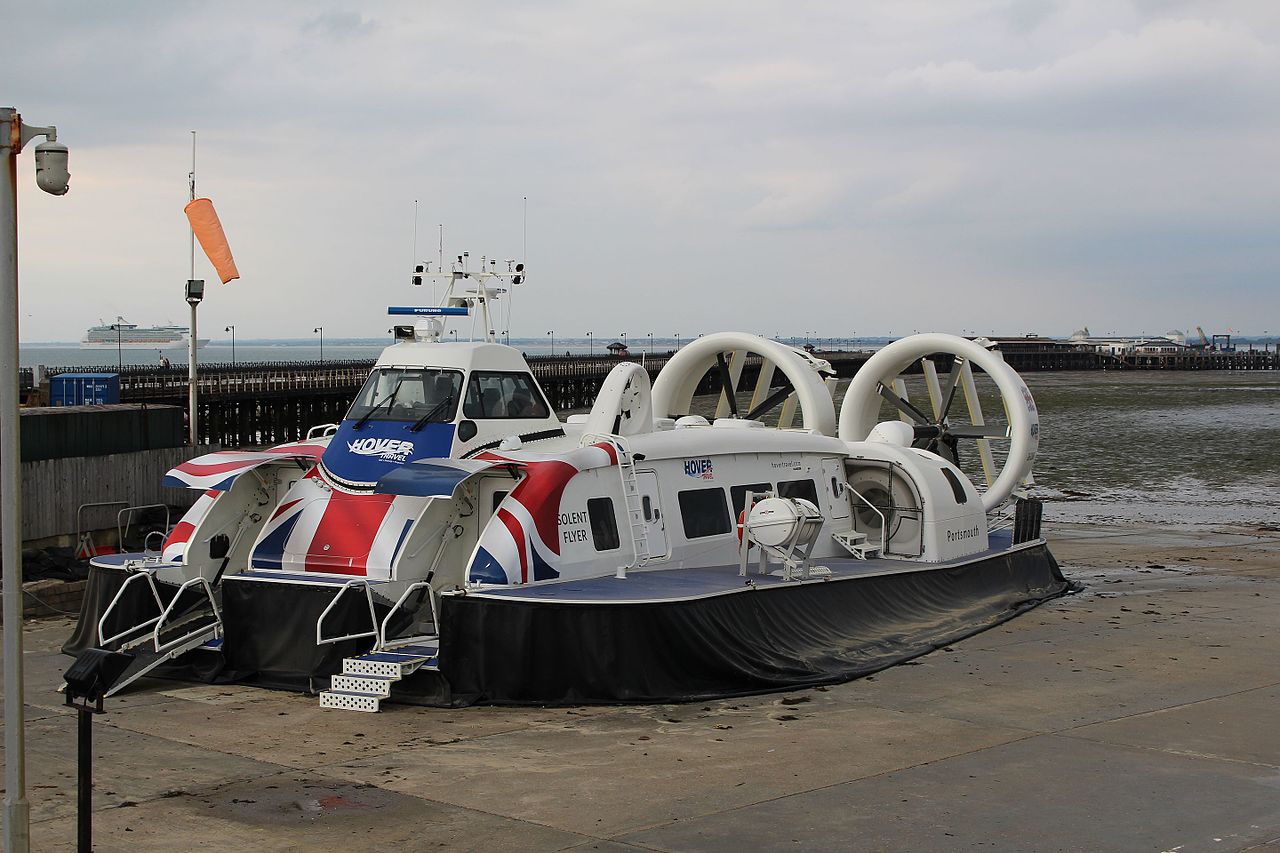 Editor5807, CC BY-SA 4.0 , Wikimedia Commons
Editor5807, CC BY-SA 4.0 , Wikimedia Commons
Freighter Cruising
Sure, you could take a luxurious cruise ship to the port of your choice—but if you’re on a budget and in it for the long haul, did you know that you could also hob aboard a freight ship for your cross-Atlantic or Pacific travel needs?
Freight Travel Characteristics
There’s no pool and I’m not quite sure how good the concierge service is, but freighter cruising does have one thing in common with a cruise: the biggest boat you’ve ever seen. There’s also no wi-fi and few other passengers to make friends with. Oh, and it’ll take months to get to your destination. But what better way to unplug.
Bamboo Train
What has two rails, a lightweight design, and no brakes? Cambodia’s bamboo train, of course. Also called a norry or nori, the bamboo train at its height was cheap, fast, frequent, somewhat haphazard, and probably quite dangerous.
Bamboo Train Origins
During the Cambodian civil war, trains needed flatbed cars at the front to sweep for mines, and passengers were offered cheaper fares to ride on the open carriages. Well, free for the first one—the one in the most danger—and half-price for the second.
Bamboo Train Characteristics
Bamboo trains are so light that when two come face to face on the same set of tracks, the crew/passengers of the lighter one will get off, remove their car from the tracks to let the other one pass, and then put it back on. You can’t do that with a freight train!
Bamboo Train Construction
Bamboo trains are quite easy to build, taking about four days in total. A steel frame is overlaid with bamboo slats, and they usually use wheels left over from military tanks. Originally, poles were used to propel the vehicles, but now, most have engines borrowed from motorcycles or tractors.
The Bamboo Train Network
Much of the bamboo train network was built by the French colonial government but later shut down. A government-run bamboo train network also operated at slower speeds—30 mph as compared to other network’s 50mph.
Can You Still Ride The Bamboo Train?
Service along bamboo train networks took a huge downturn in the 2000s as the network aged and the rails became overgrown. Regular rail service took over former networks, but luckily there’s still a bamboo train near Wat Banan which caters to tourists that opened in 2018.
The New Bamboo Train
One lucky addition to newer bamboo trains, including the one near Wat Banan? Brakes! You can ride the new bamboo train 4 kilometers from near the base of the Phnom Banan hill to the Chhoeuteal commune. All aboard!
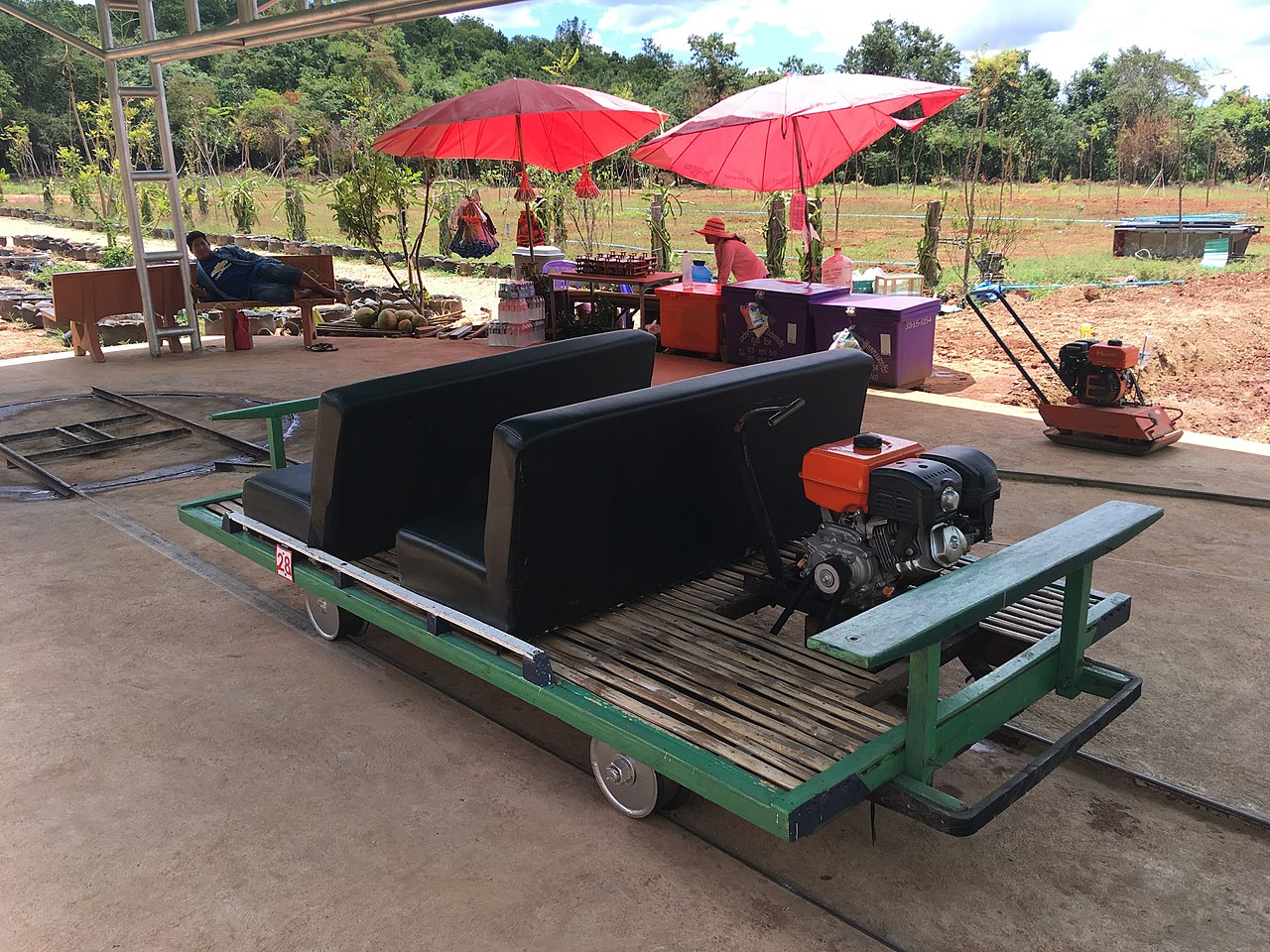 Christophe95, CC BY-SA 4.0, Wikimedia Commons
Christophe95, CC BY-SA 4.0, Wikimedia Commons
Totora Boat
Water taxis are great and all—but few are as cool-looking as a totora boat. These incredible vessels set sail in Lake Titicaca and around Easter Island in Peru—and some of them look just as distinctive as the statues that they might cruise by.
Totora Boat History
Reed boats are some of the oldest known boats in history, and the totora boats get their name from the totora reed, which is native to South America. The Uros people, who actually predate the Incas, live on small islands built from totora reeds in Lake Titicaca, and are also responsible for many totora boats.
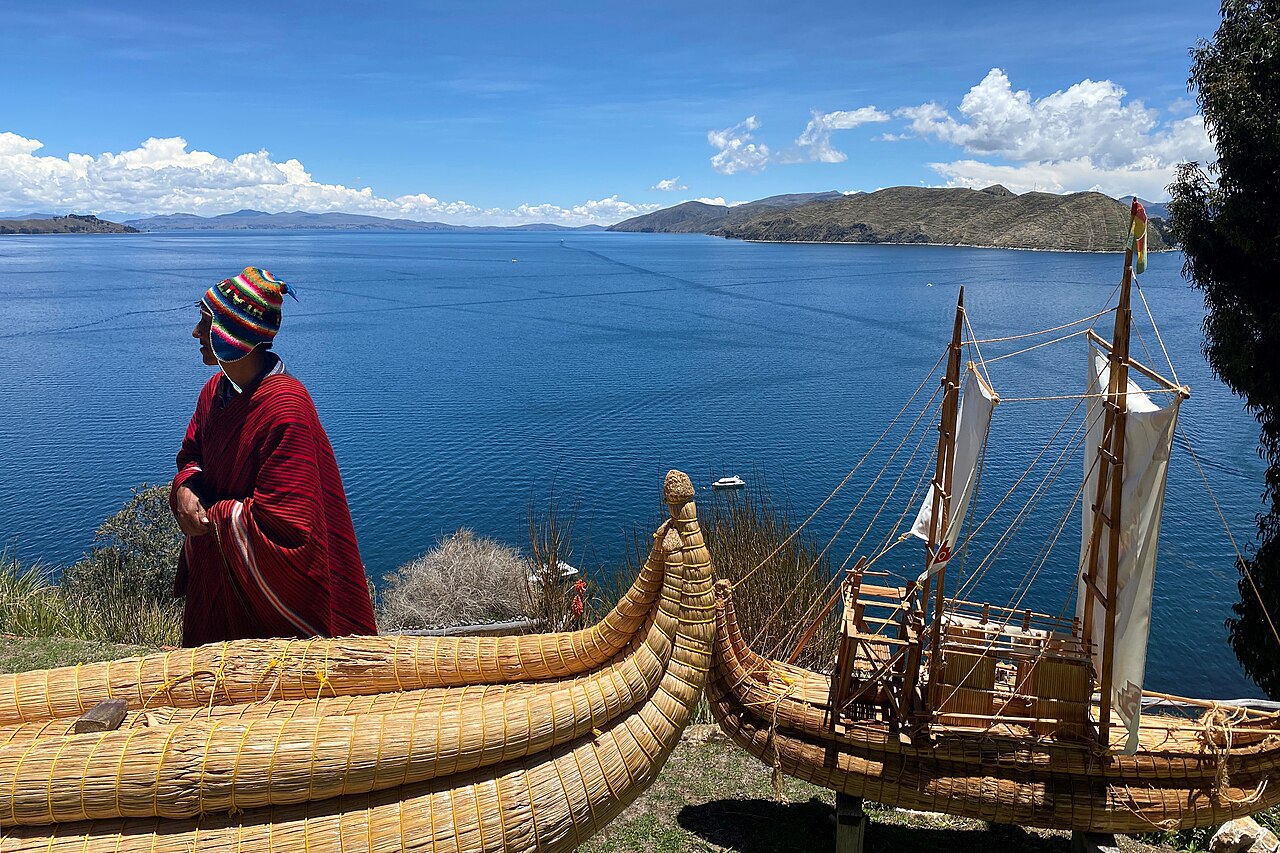 EEJCC, CC BY-SA 4.0, Wikimedia Commons
EEJCC, CC BY-SA 4.0, Wikimedia Commons
The Biggest Totora Boats
Not only are the Uros people still around, they’ve also helped construct monumental totoro boats. These include the Ra II, which successfully crossed the Atlantic Ocean, and the Tigris, which went from Iraq to Pakistan to the Red Sea.
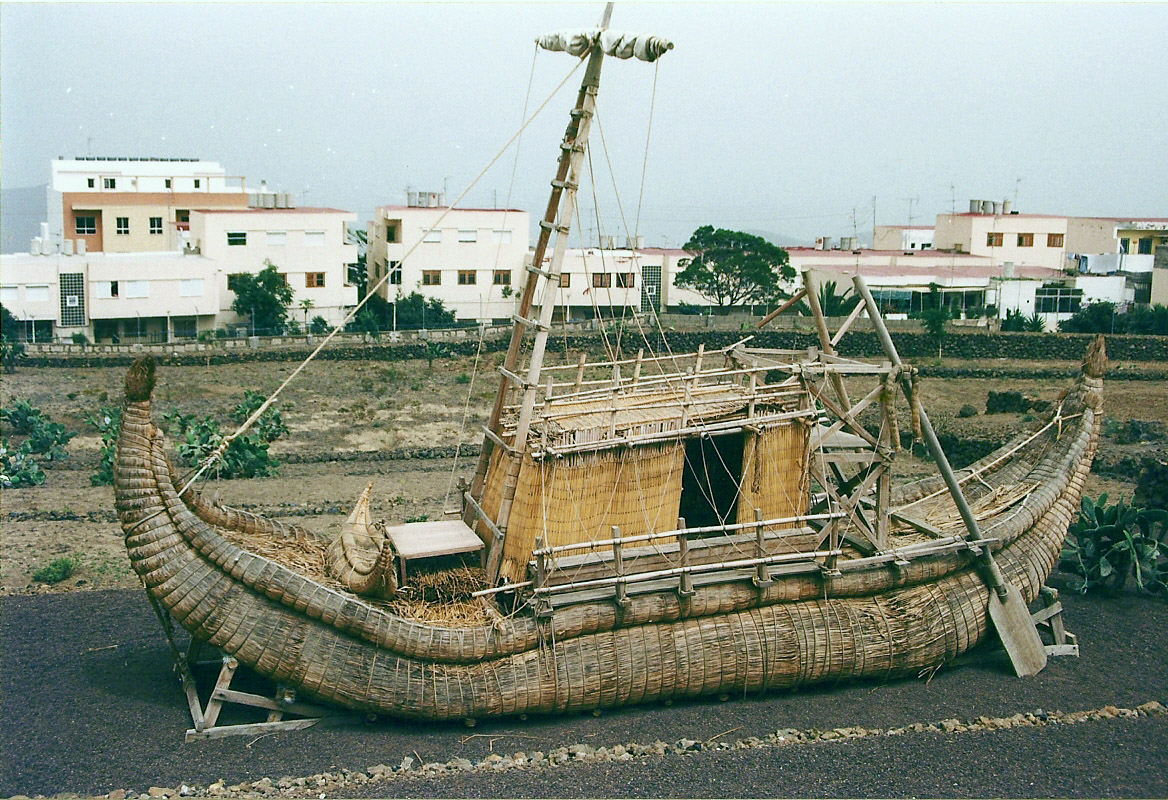 Pedro ximenez, CC BY-SA 2.0 DE, Wikimedia Commons
Pedro ximenez, CC BY-SA 2.0 DE, Wikimedia Commons
Totora Boats Now
If you happen to be in Peru and have half a day to spare, you can catch a totora boat tour, where they’ll pick you up from your hotel in Cusco and take you in a totora boat around Piuray lagoon. The guide will help you learn about local traditions and history as you enjoy the ancestral reed boat.
Dog Sled
Necessity is the mother of invention, and nowhere is that more apparent than in the cold, harsh winters of the north. Where horses and oxen feared to tread, Siberian Huskies and Alaskan Malamutes stepped in.
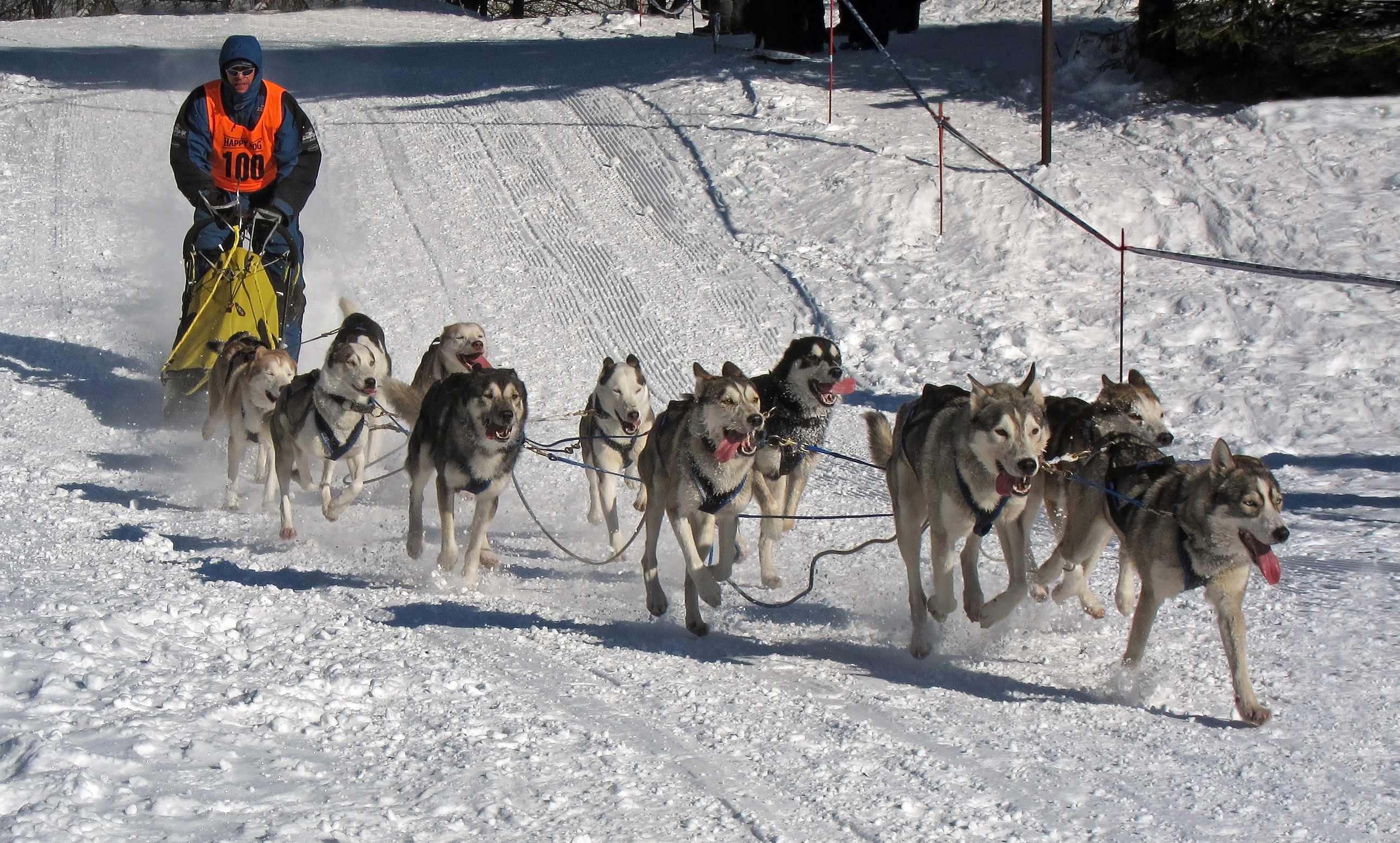 Rainer Lippert, Wikimedia Commons
Rainer Lippert, Wikimedia Commons
Dog Sled History
Dogs have been essential for hunting and travel in the north for centuries. The first recorded instance of dog sleds comes from the 10th century BCE. If you’re bad at math, that’s some 3,000 years ago. And it wasn’t always just Huskies and Malamutes…
The Dogcart
Historically, other breeds of dog were used in Belgium and the Netherlands to pull a cart and help deliver milk to home. Dogcarts were also used in Victorian England by bakers. If you’ve got a cart and Rover feels energetic, you can always try and revive the trend!
Dog Sled Racing
Dog sled racing remains a popular sport. The dogs run in a fan-shape in the Canadian Arctic and Greenland, whereas in the western part of the Canadian north and Alaska, they run side-by-side in pairs.
Dog Sled Teams
Dog sled teams consist of lead dogs, point dogs, swing dogs, and wheel dogs. Point and swing dogs may be optional and take position between lead and wheel.
Dog Sled Positions
The position of the lead dog is self-explanatory, whereas the wheel dogs are the real workhorses of the team, and may have to pull the sled out of the snow.
 strangebiology, CC BY 2.0, Wikimedia Commons
strangebiology, CC BY 2.0, Wikimedia Commons
Dog Sled Tours
You don’t need to go all the way to the Arctic to enjoy dog sledding. You can find dog sledding tours pretty much anywhere there’s snow. Tours are available in Alberta, Canada; Anchorage, Alaska; Tromsø, Norway, and even Ely, Minnesota and Jackson Hole, Wyoming!
The Jeepney
What’s one way to make mass transportation a little more fun? Add a little kitschy charm, of course. The Jeepney is actually the most popular means of transportation in the Philippines and the colorful vehicles have become an enduring symbol of Philippine culture.
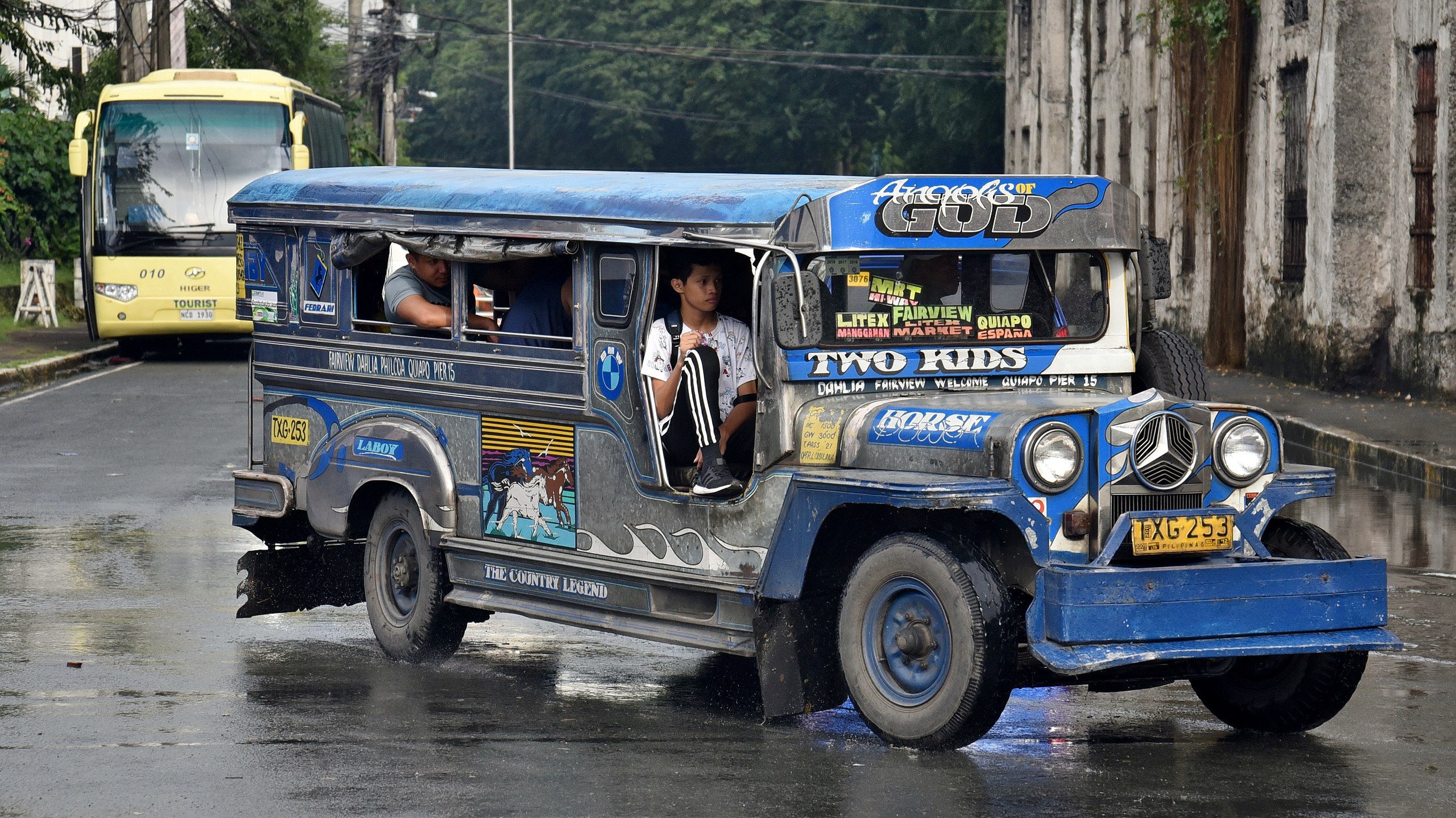 Bahnfrend, CC BY-SA 4.0, Wikimedia Commons
Bahnfrend, CC BY-SA 4.0, Wikimedia Commons
Jeepney Characteristics
The design of the Jeepney is based on the 1943 Willys Jeep—but made much more fun with a coat of paint and brightly-colored decorations. Jeepneys may use different models and colors in different areas, though the most typical design is red.
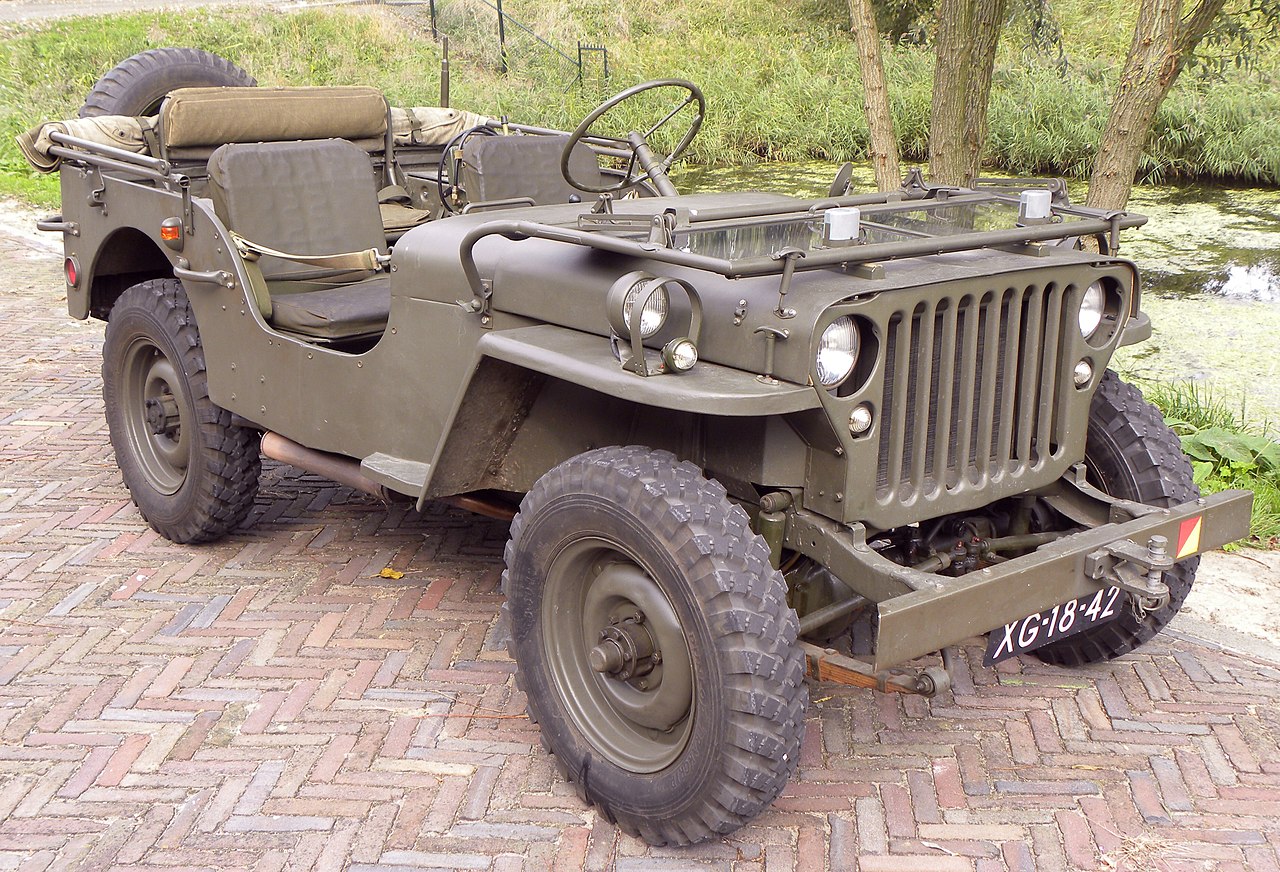 Joost J. Bakker, CC BY 2.0, Wikimedia Commons
Joost J. Bakker, CC BY 2.0, Wikimedia Commons
Jeepney Models
Just because “jeep” is in the title doesn’t mean they’re the Jeep brand—modern jeepneys can be made from Mitsubishi L300s, Ford Fieras, Toyota Tamarays, Hyundai H100s, Isuzu Traviz, and many more. There’s are even electric jeepneys now!
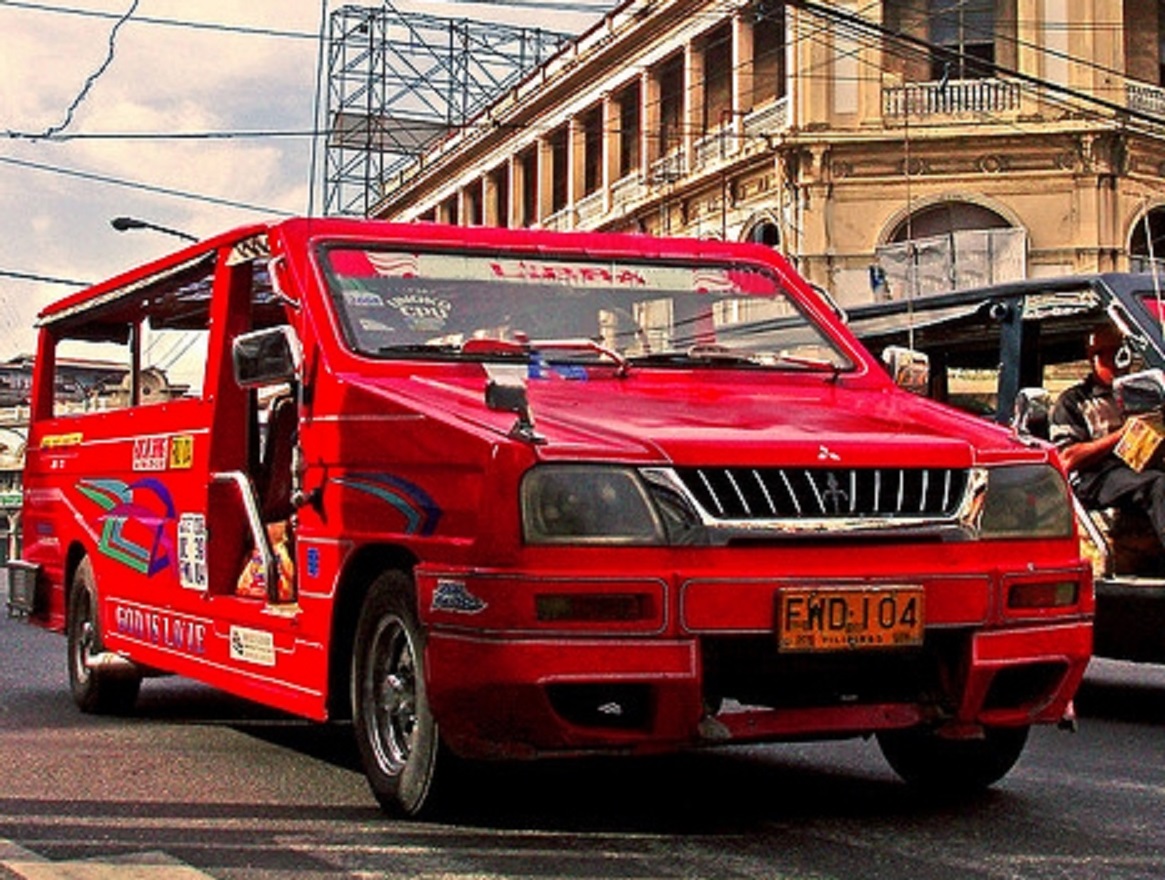 Berniemack Arellano, CC BY 3.0, Wikimedia Commons
Berniemack Arellano, CC BY 3.0, Wikimedia Commons
Jeepney Travel
Jeepneys are not only a popular method of travel—they’re the cheapest too. They run and stop like buses, can take payment on board, and though they have ample seating, they may often be overcrowded.
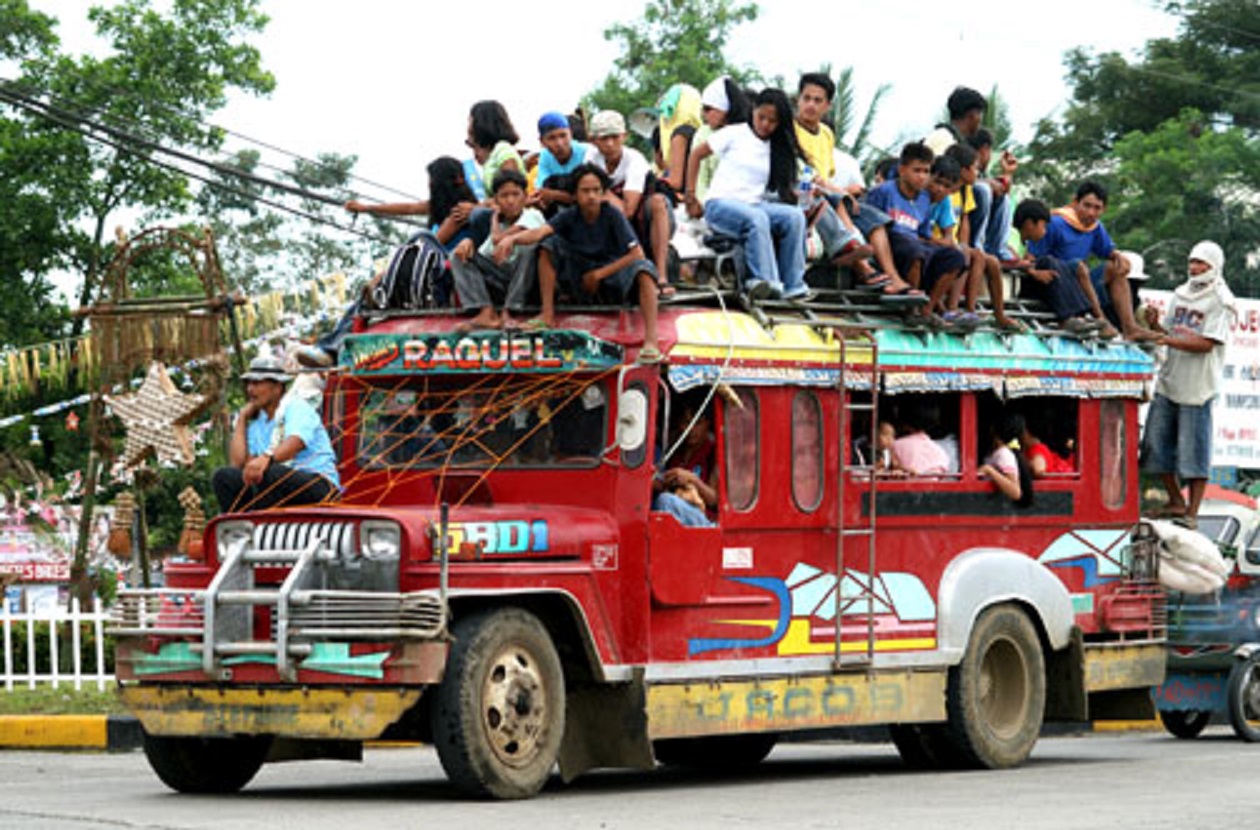 Keith Kristoffer Bacongco, CC BY 2.0, Wikimedia Commons
Keith Kristoffer Bacongco, CC BY 2.0, Wikimedia Commons
The Jeepney Of The Future
What’s one way to get around traffic? Fly over it, of course. In 2024, LuftCar signed a deal to develop a “flying LuftCar super-jeepney,” based around an already-existing electric vertical take-off and landing vehicle model meant for island hopping.
Camel Caravan
If you find yourself looking to cross the desert through North Africa or the Arabian Peninsula on a trip, why not look to one of the oldest forms of travel in the area and try out a camel caravan?
Why Camels?
Now, if you’re in a hurry, the camel caravan might not be for you. They’re really only moving about as fast as a human would walk—but they remain popular regardless, thanks to their ability to withstand the harsh conditions of the desert.
Camel Caravan History
Historically, camel caravans were used as a means of travel all over the world, including Africa, Asia, and Australia. They were an essential part of the Silk Road trade route and helped connect north and central Africa through the Sahara desert. There were even camel caravans in the US, if you can believe it.
The US Camel Caravan Experiment
The US Camel Corps was a project initiated by the army in 1856, when they ordered 33 camels to Indianola, Texas. Though they were well-suited to the climate and the job, the soldiers and their horses didn’t care for them. Some were sold and others escaped—resulting in a feral colony that lasted for more than a century.
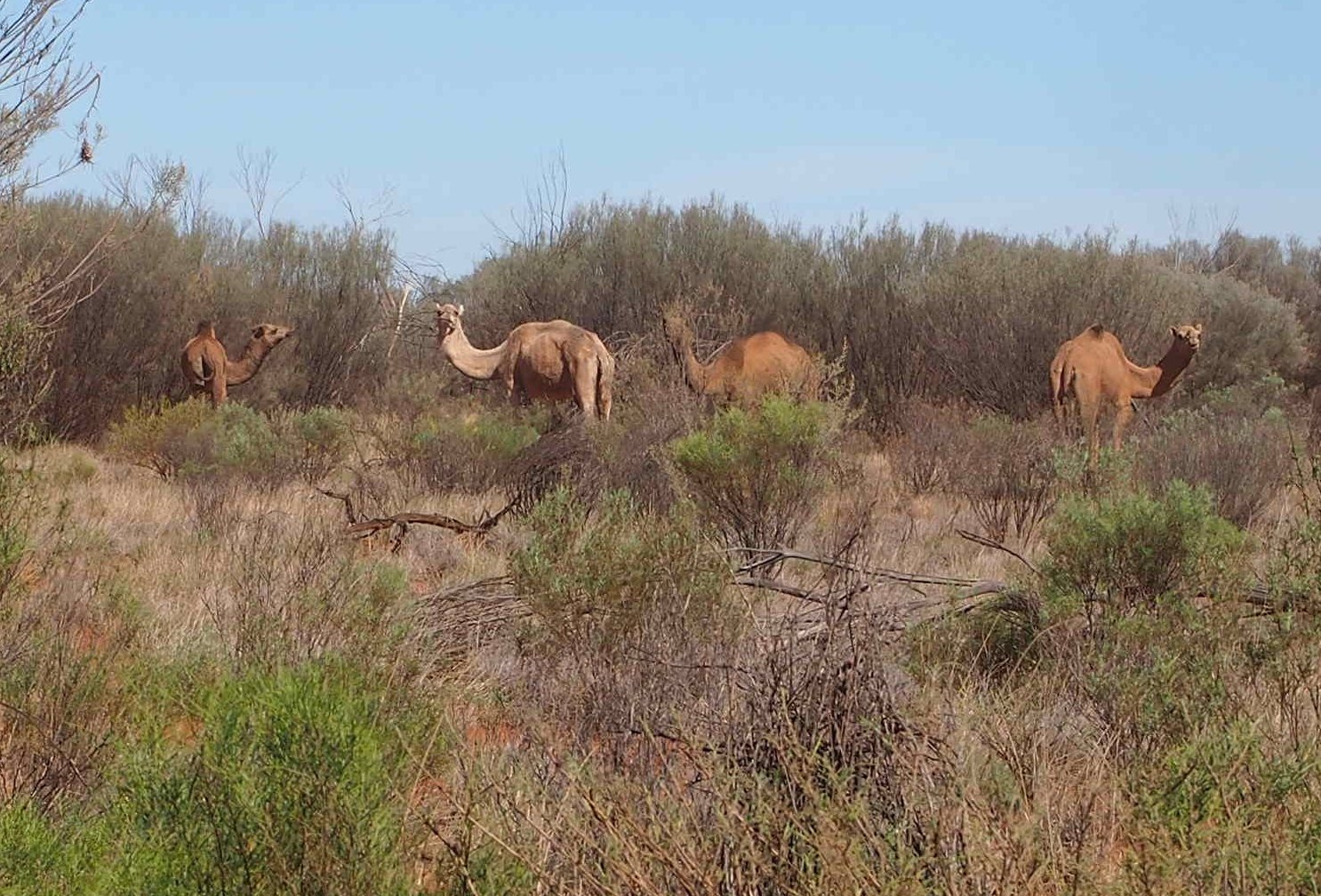 Mark Marathon, CC BY-SA 3.0, Wikimedia Commons
Mark Marathon, CC BY-SA 3.0, Wikimedia Commons
Camel Caravan Organization
Much like sled dogs in Alaska, camel caravans typically travel in pairs side-by-side, though their files could be much wider. They were used to carry cargo while camel pullers walked alongside, them, leading them as they went.
Camel Caravan Tours
If you want to cross the desert in a camel caravan, you can book tours leaving from Marrakech, Morocco or Queen Alia International Airport near Amman, Jordan. If you’re looking for something a little less authentic that’s also closer to home, many tourist areas in Mexico like Cabo San Lucas offer camel rides.
Hot Air Balloon
What came before the plane and has a much better 360-degree view? The hot air balloon, of course. The hot air balloon was actually the first successful human-carrying flight technology, with the first flight taking place in the late 18th century in Paris, France.
 Tomas Castelazo, Wikimedia Commons
Tomas Castelazo, Wikimedia Commons
How Does A Hot Air Balloon Fly?
Hot air balloons use a source of heat to heat the air inside the balloon. The cool air outside the balloon and the hot air inside creates a difference in density, which allows the balloon to fly. Usually, fire-retardant material is used near the source of the flame, while the rest of the balloon is nylon.
Hot Air Balloon Types
Hot air balloons can be made in a variety of shapes, from the traditional inverted teardrop shape to novelty balloons shaped like animals or buildings. The vents at the top of a hot air balloon are used to allow the pilot to safely release hot air for a smooth descent.
Hot Air Balloons In Action
Passenger hot air balloons can be small enough that they don’t even use a basket, just one seat for a passenger—and they can be so big that they can easily fit two dozen people for a flight. Those larger-sized balloons will have an envelope that’s 600,000 cubic feet.
Hot Air Balloon Tours
If you’re interested in a hot air balloon tour, we’ve got great news for you—you can find one nearly anywhere in the world, unless you happening to be hanging out on a remote mountain in Tibet or in the Arctic Circle. There are tours all across Europe, South America, Asia, and the US, and there’s even a hot air balloon theme park in China.

